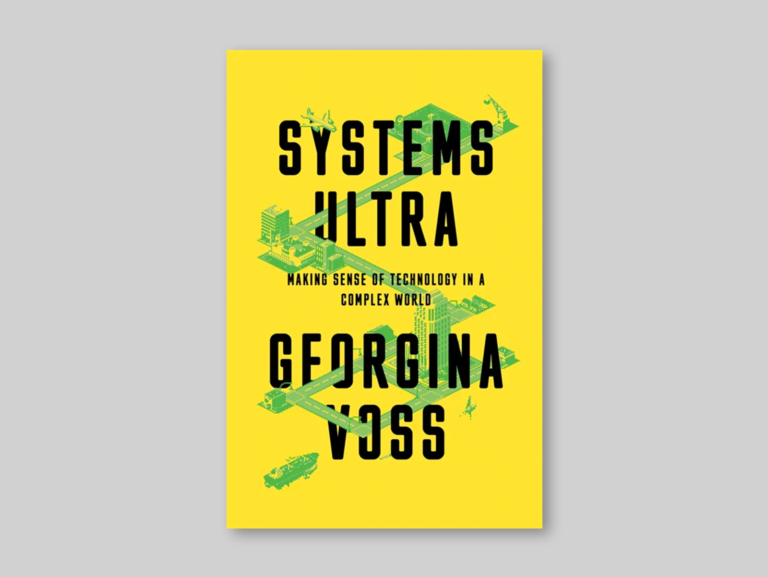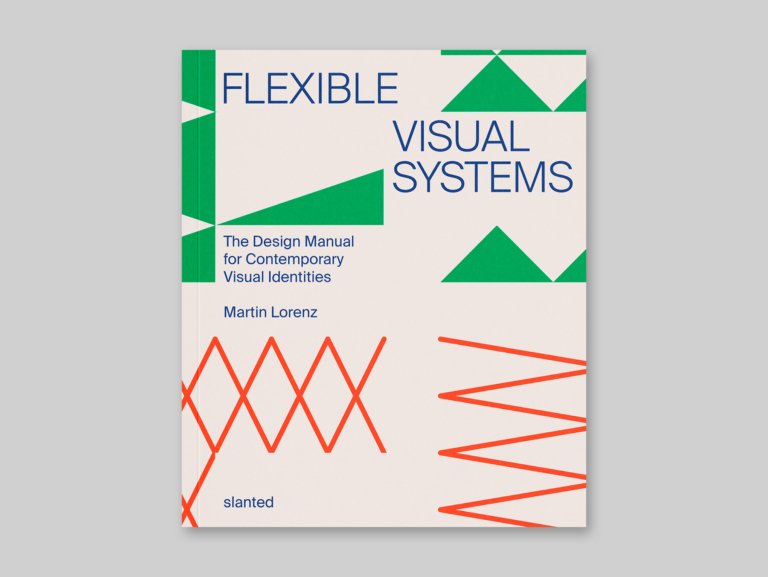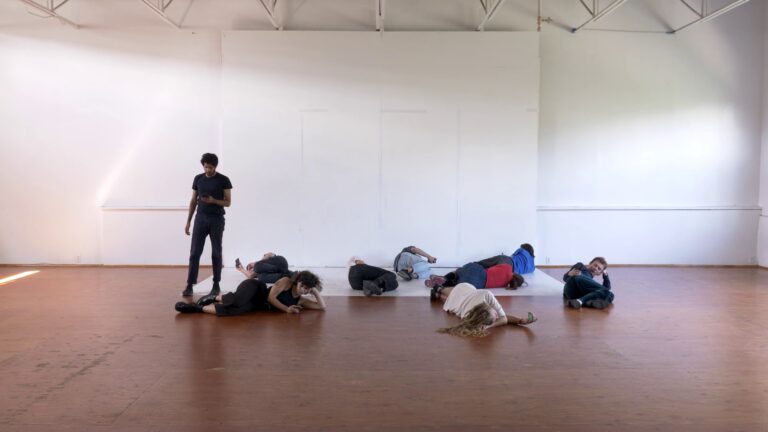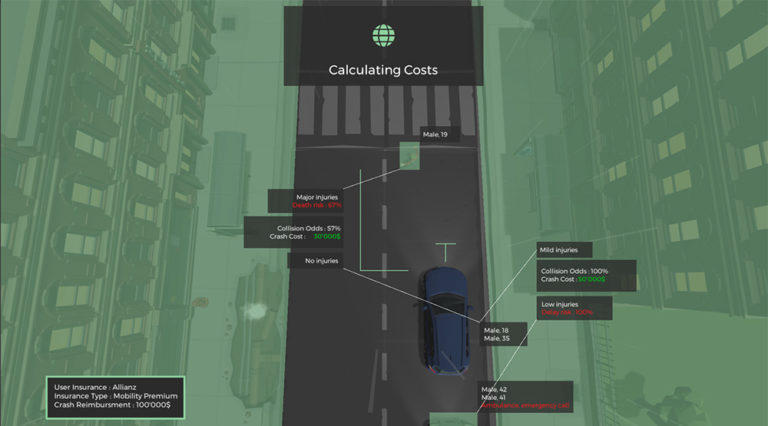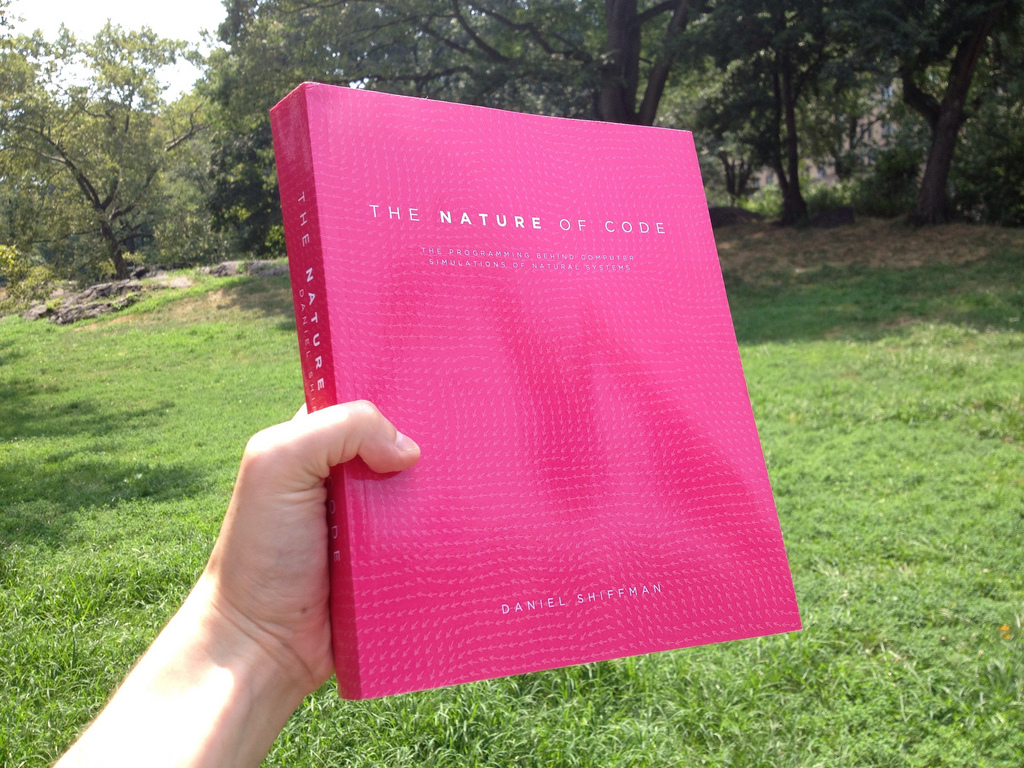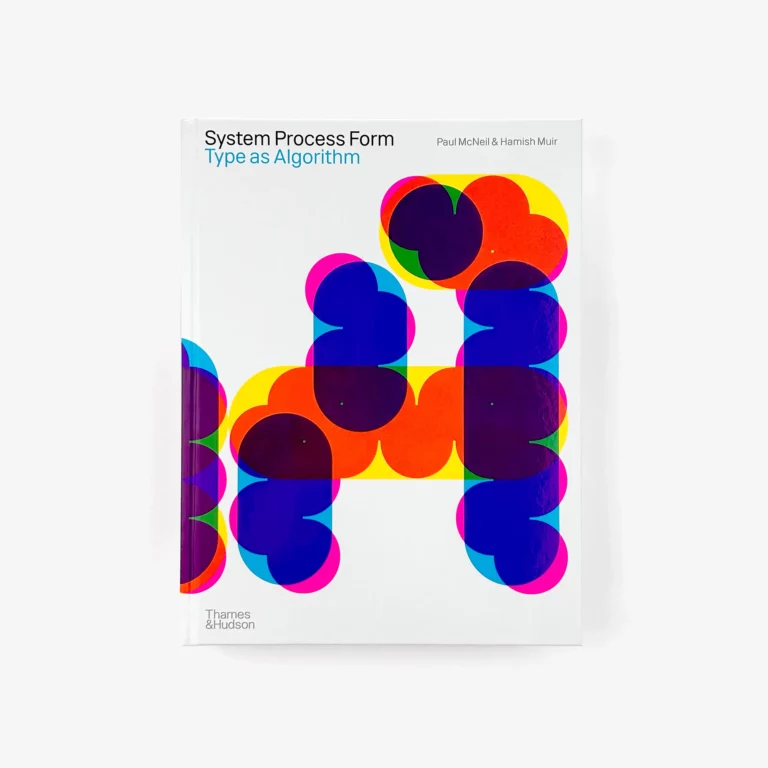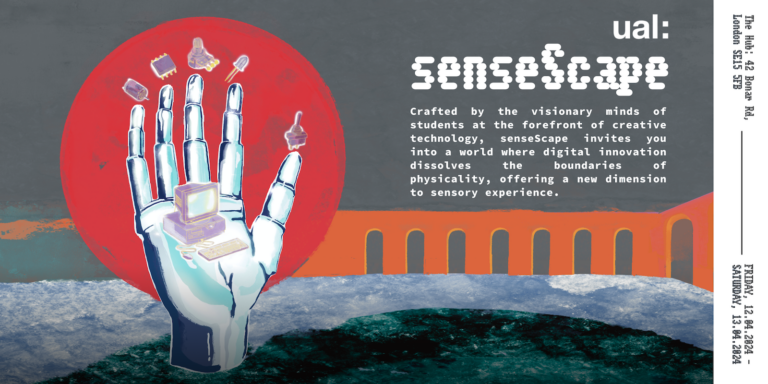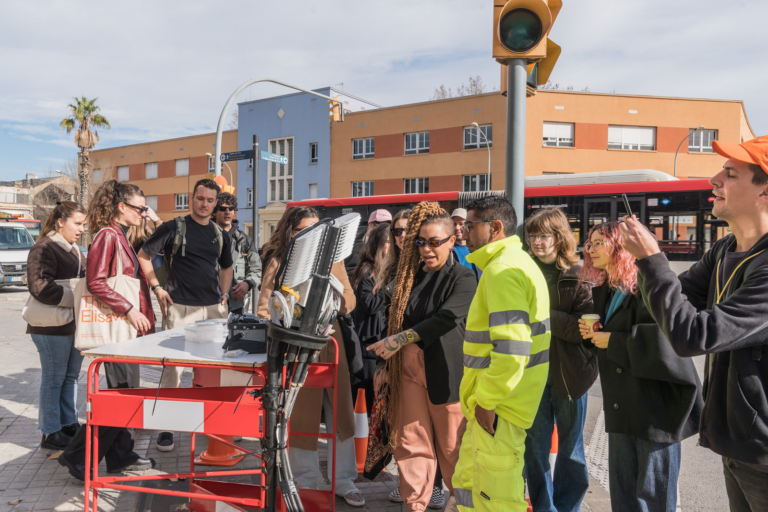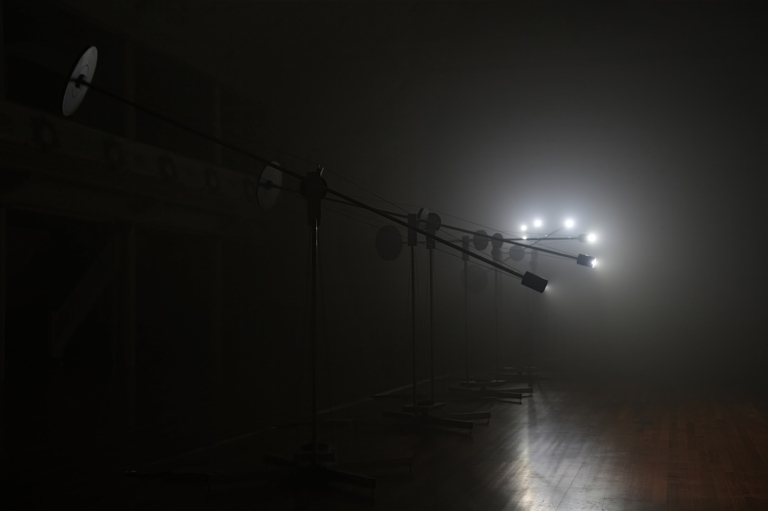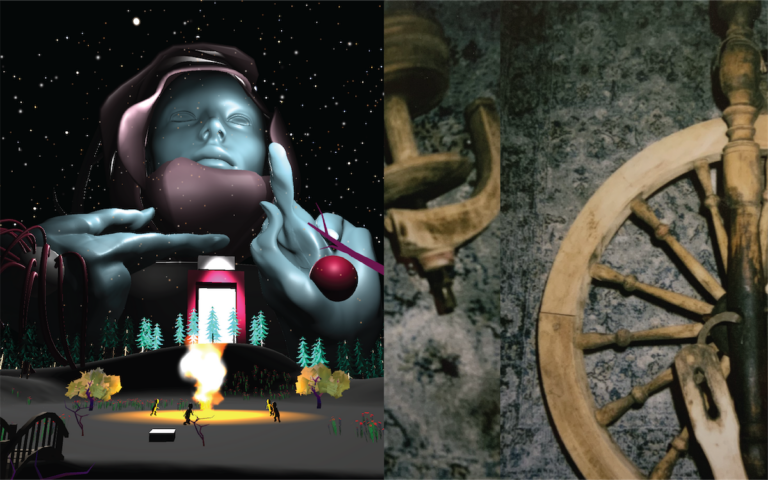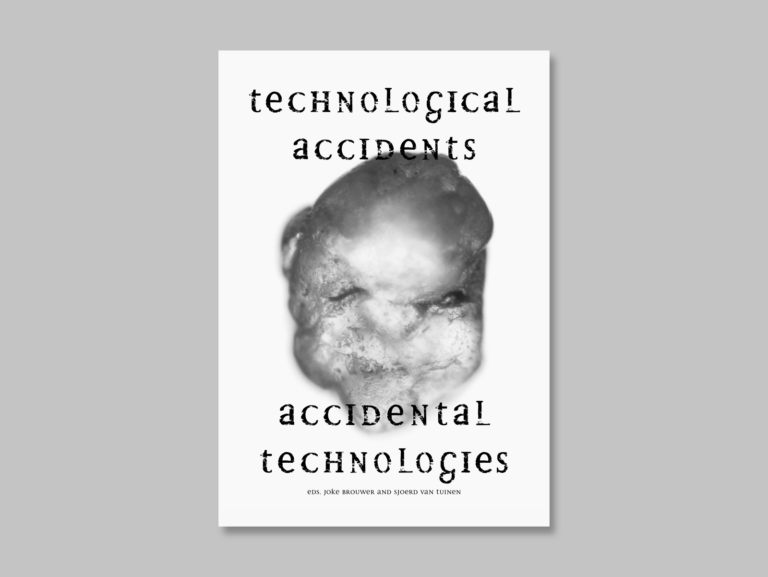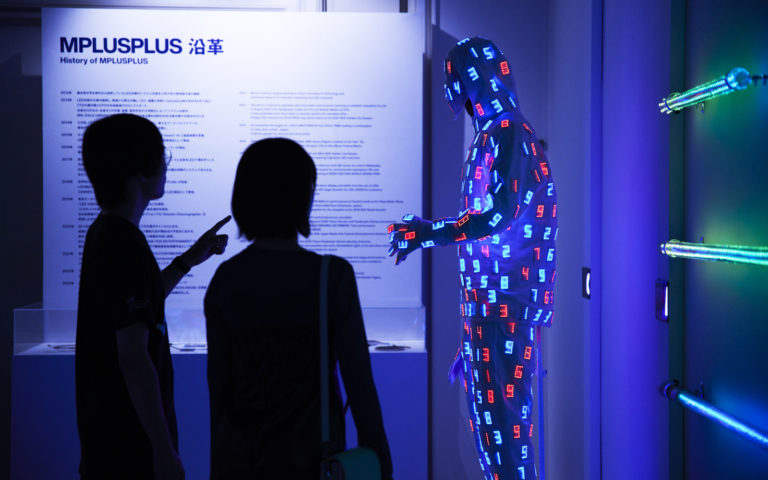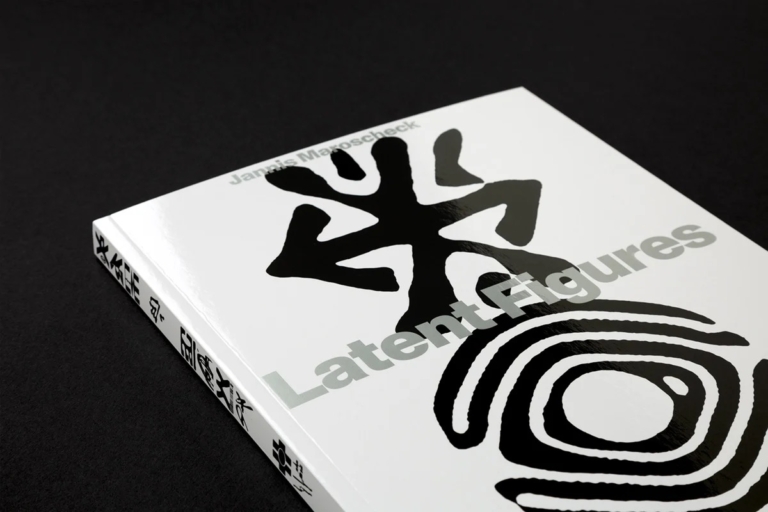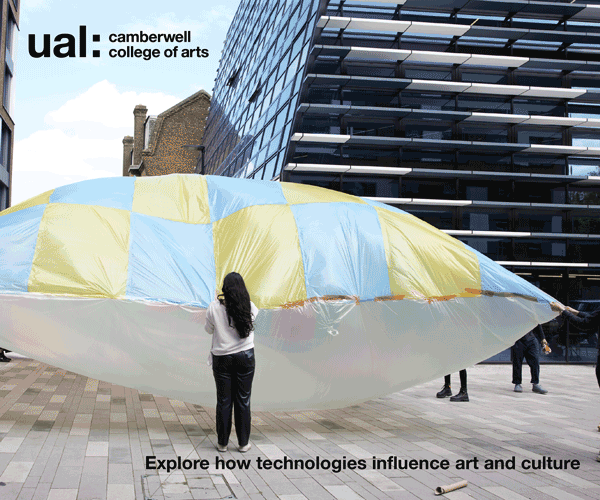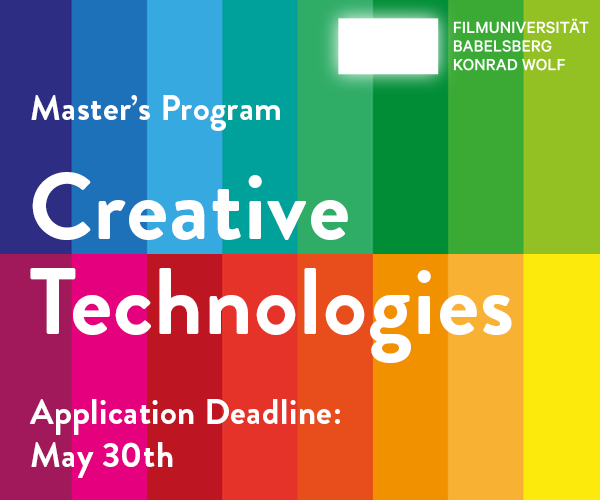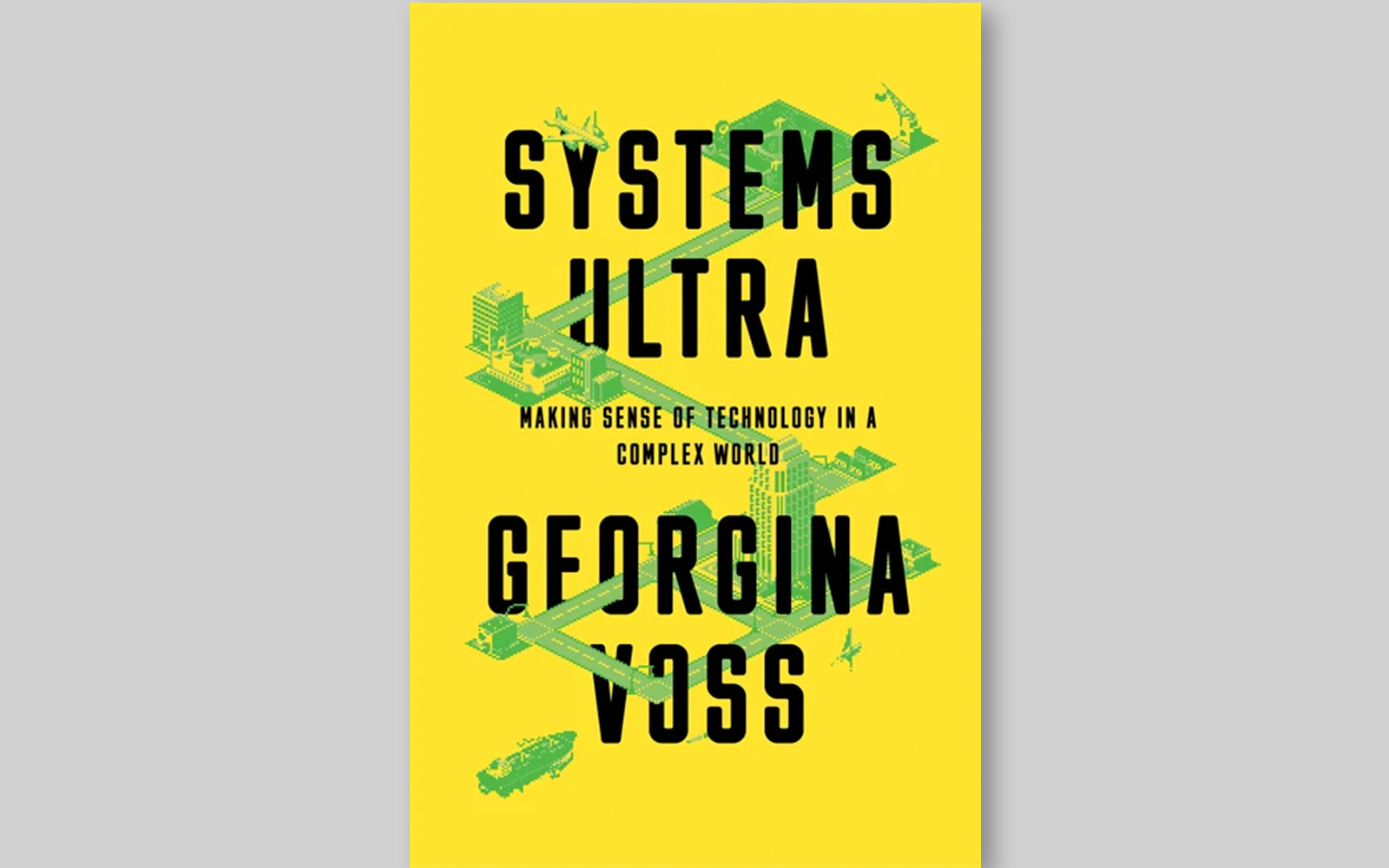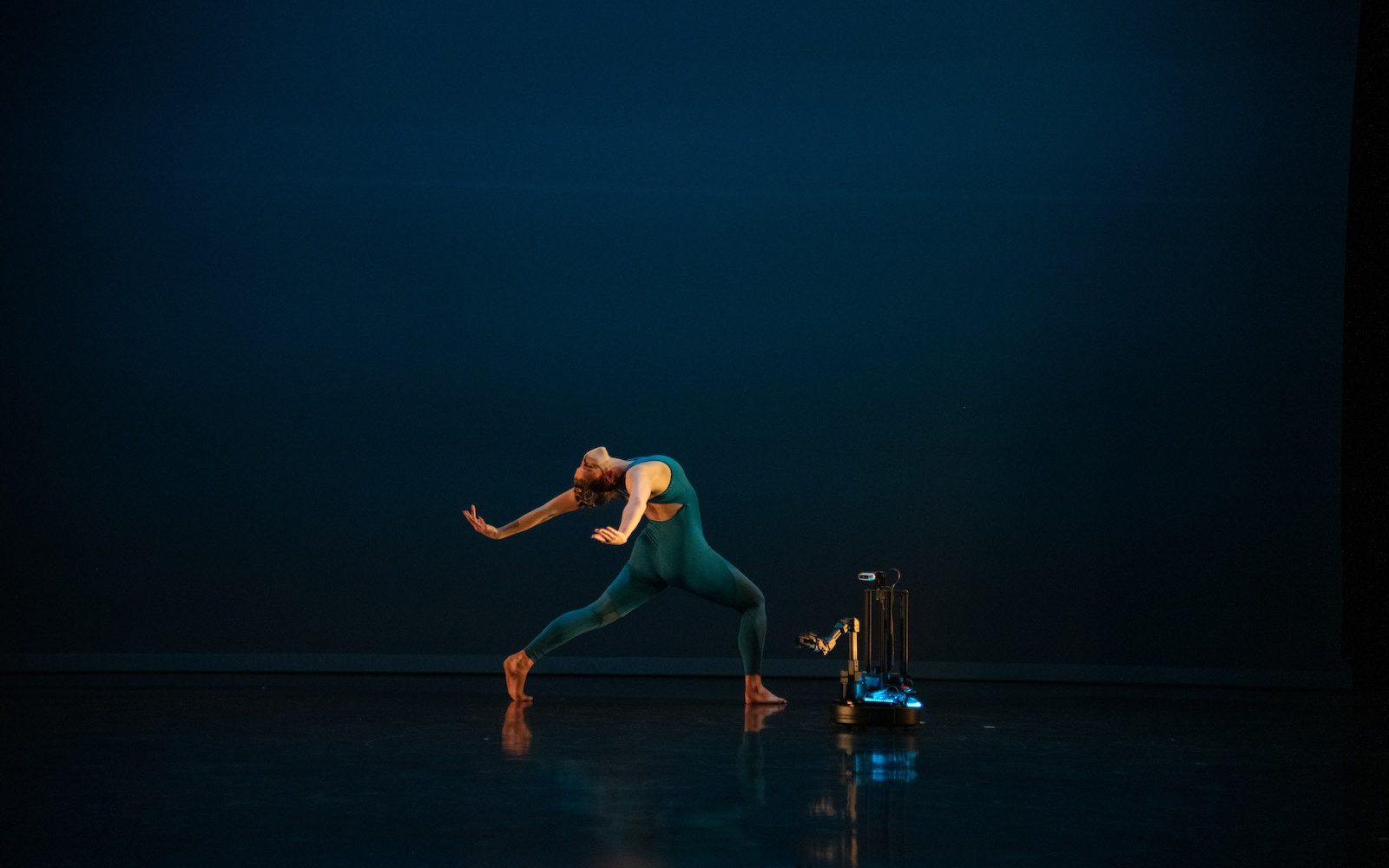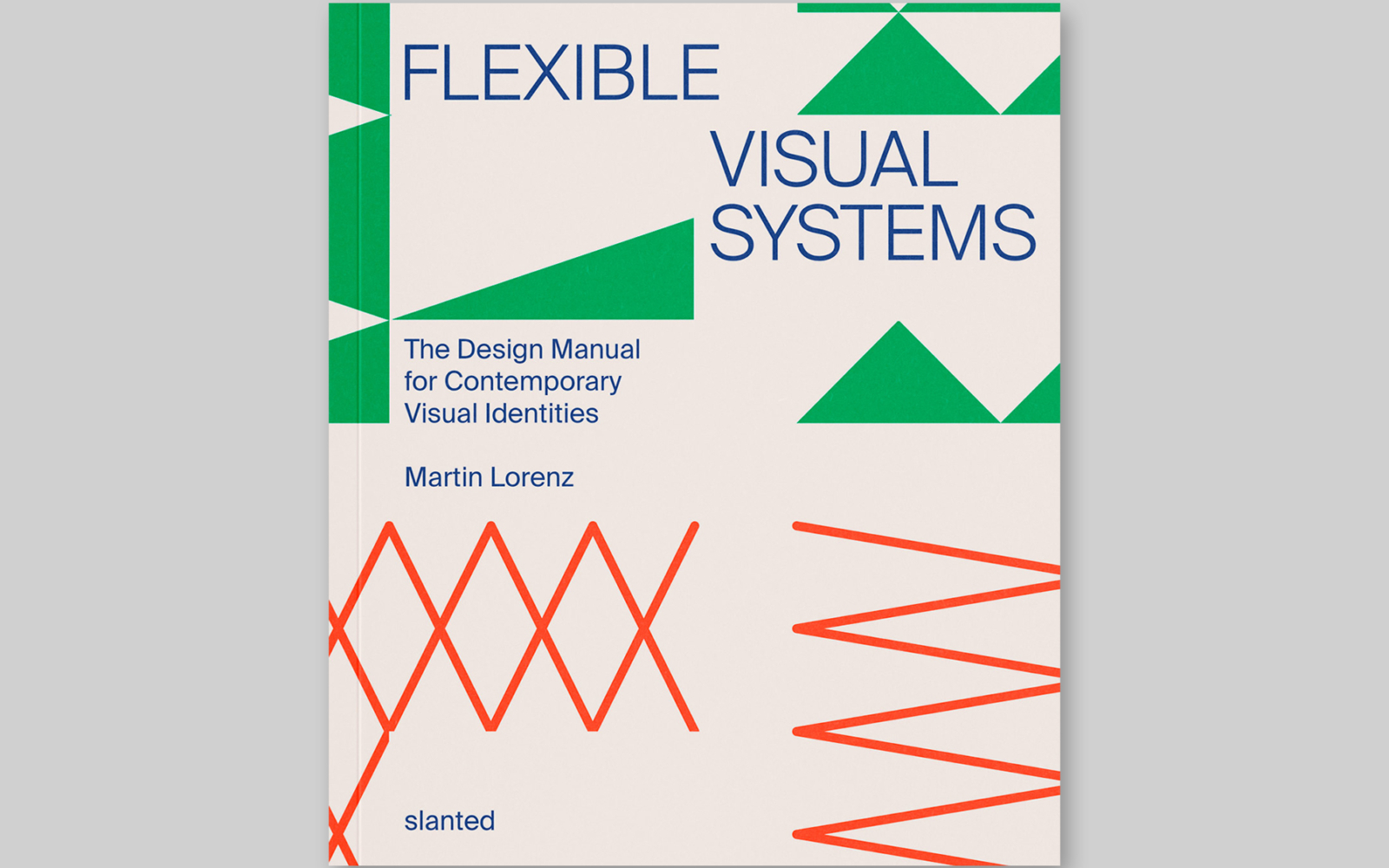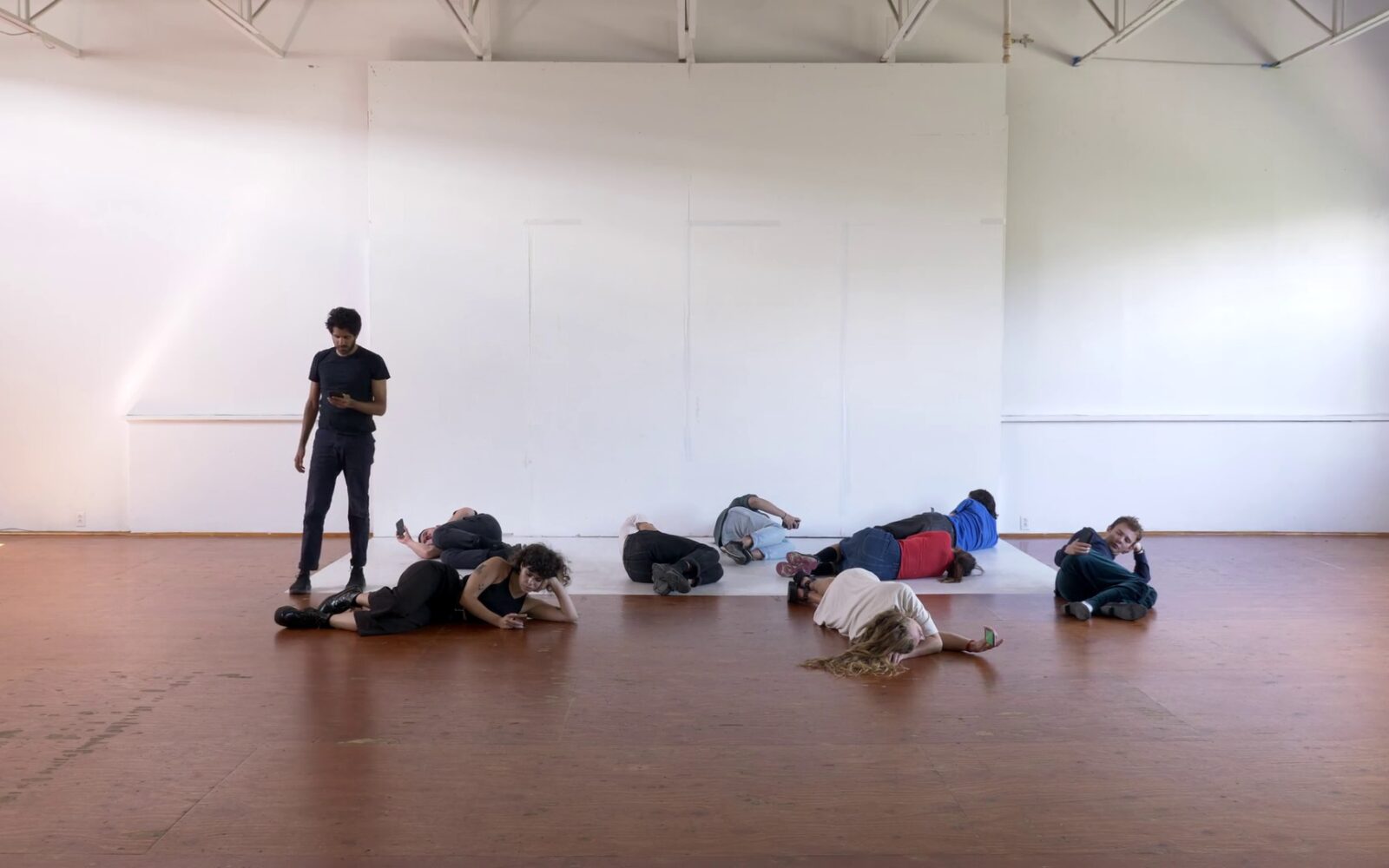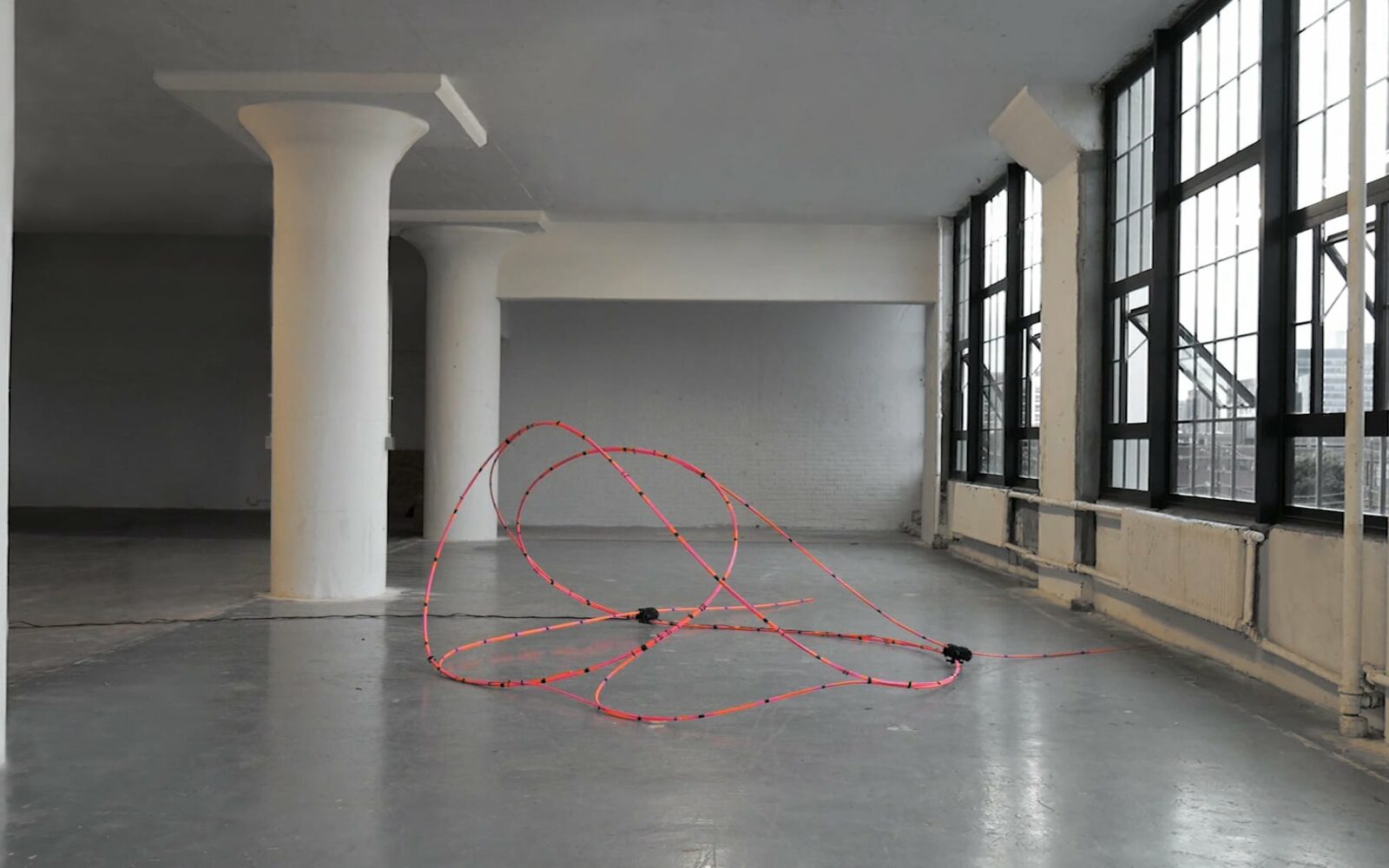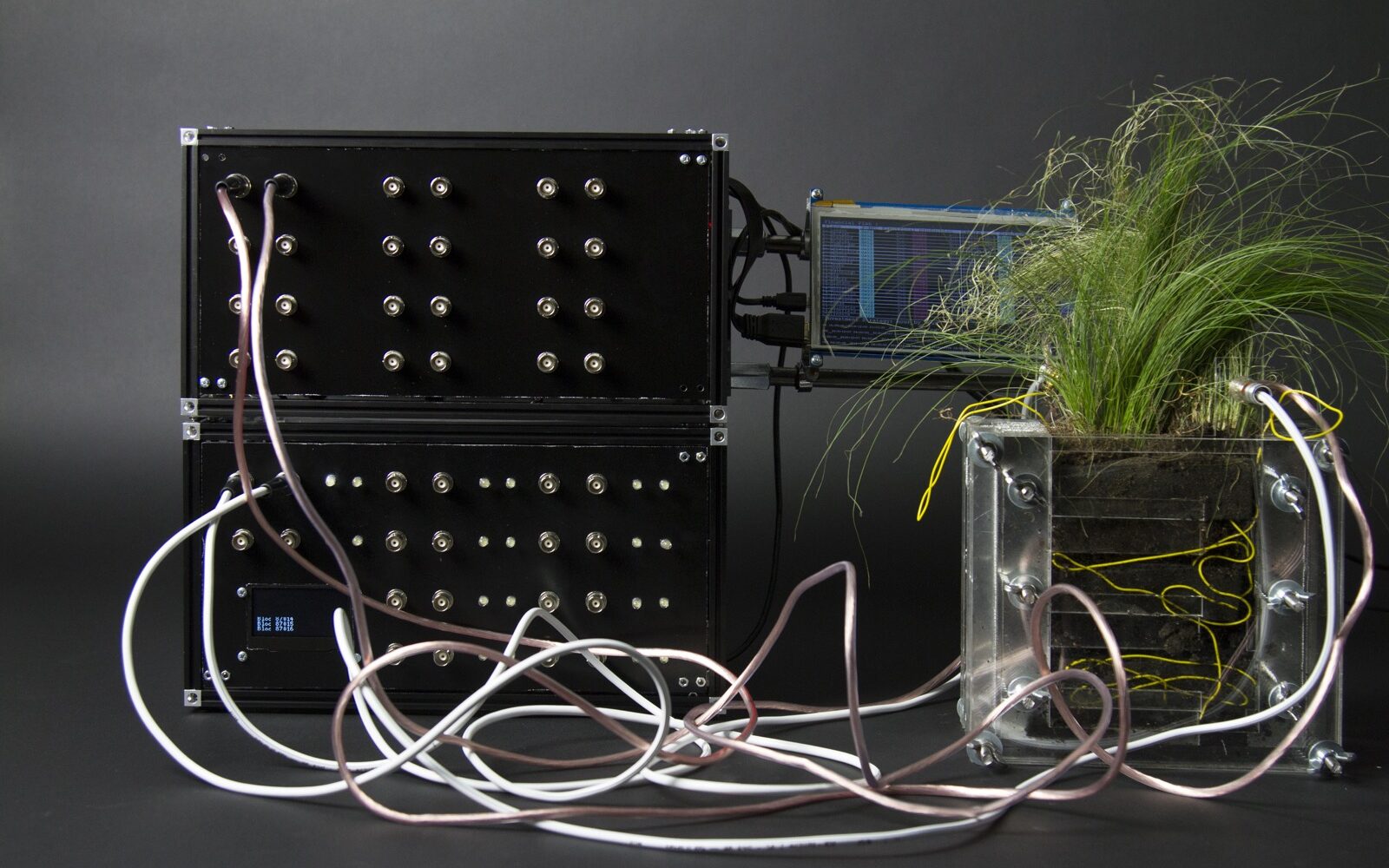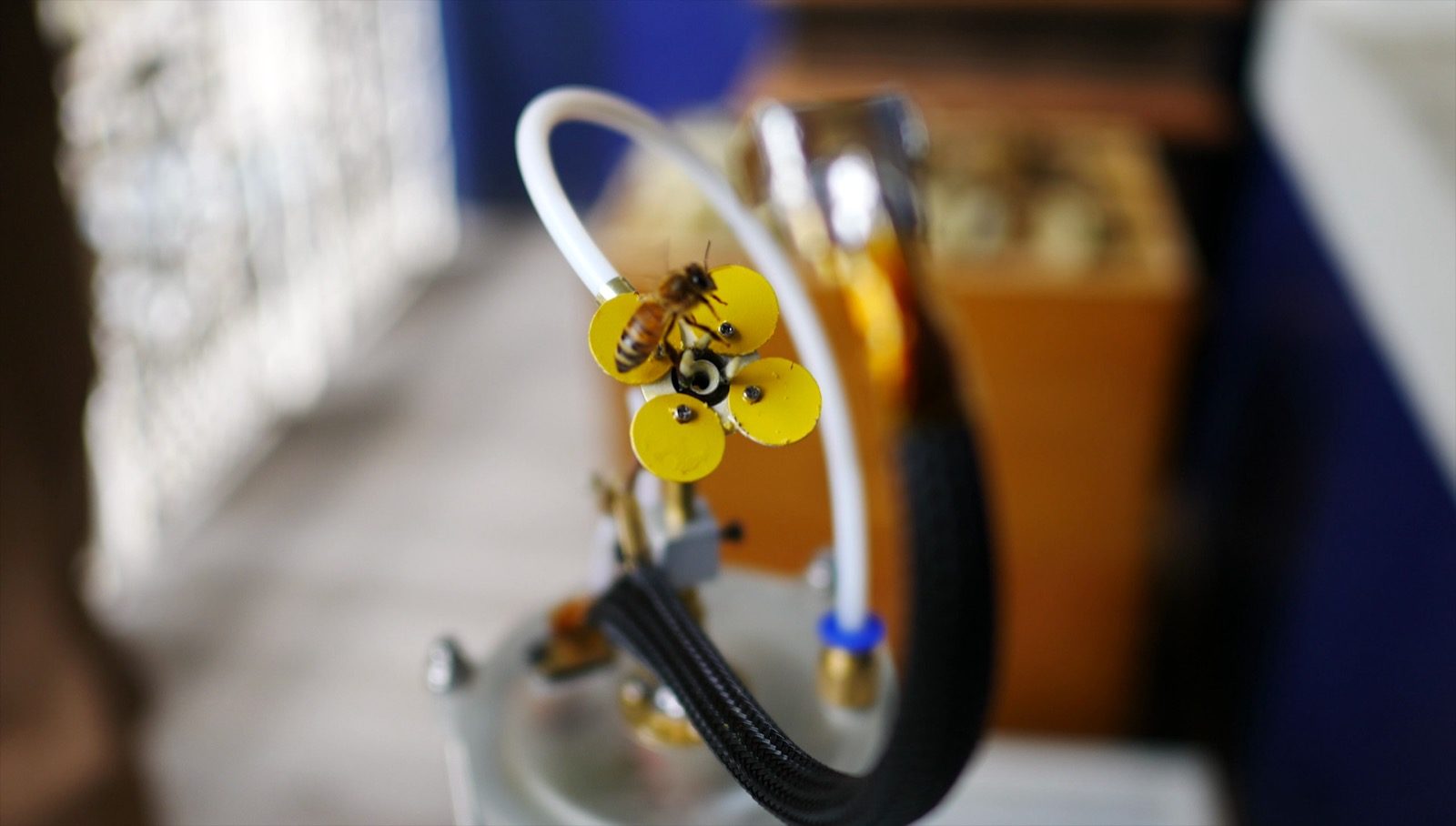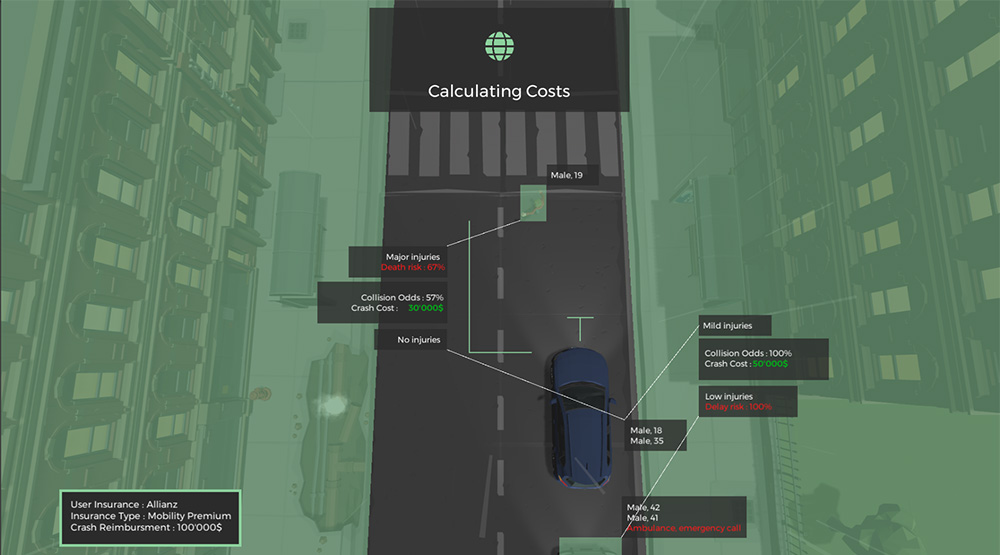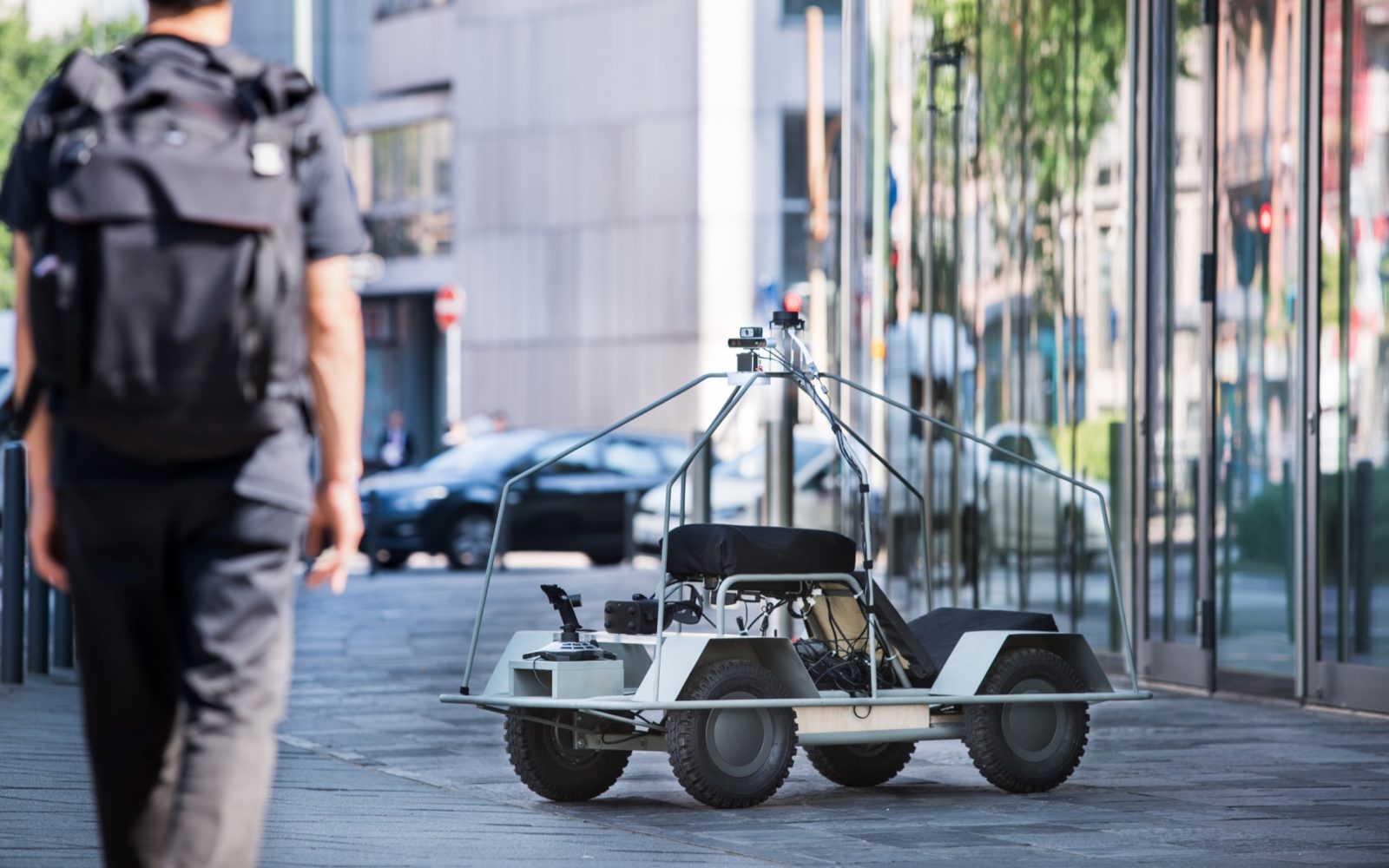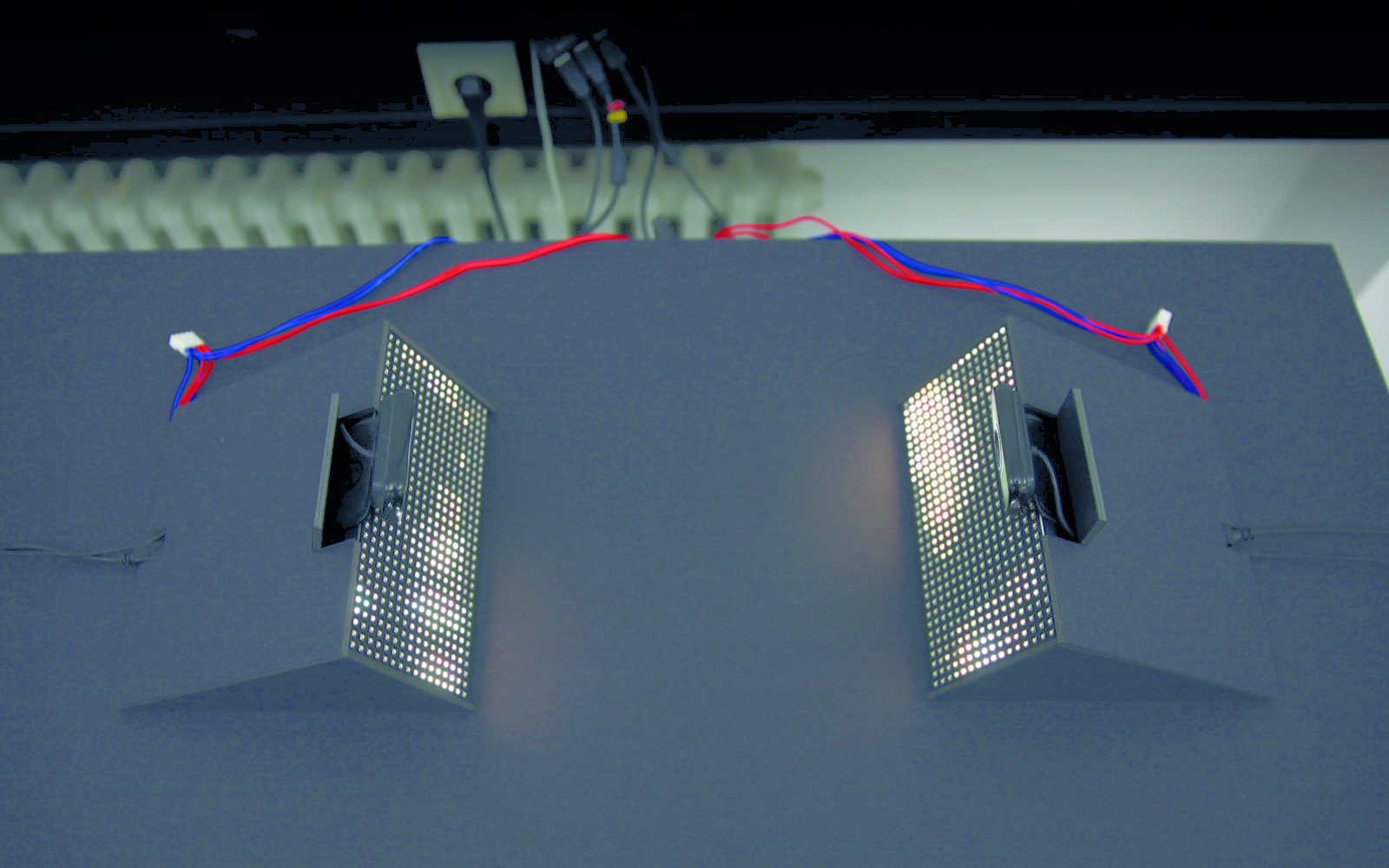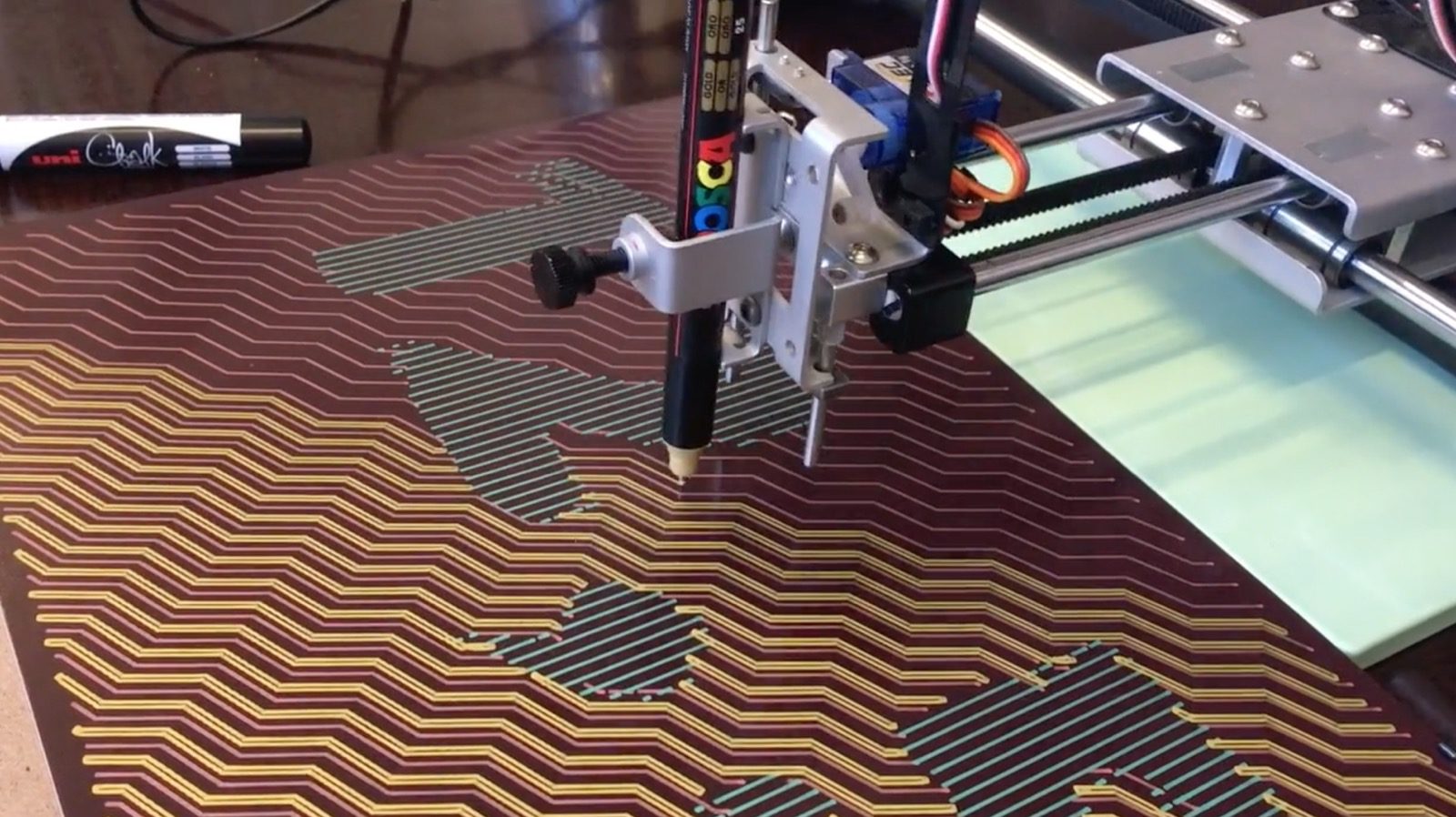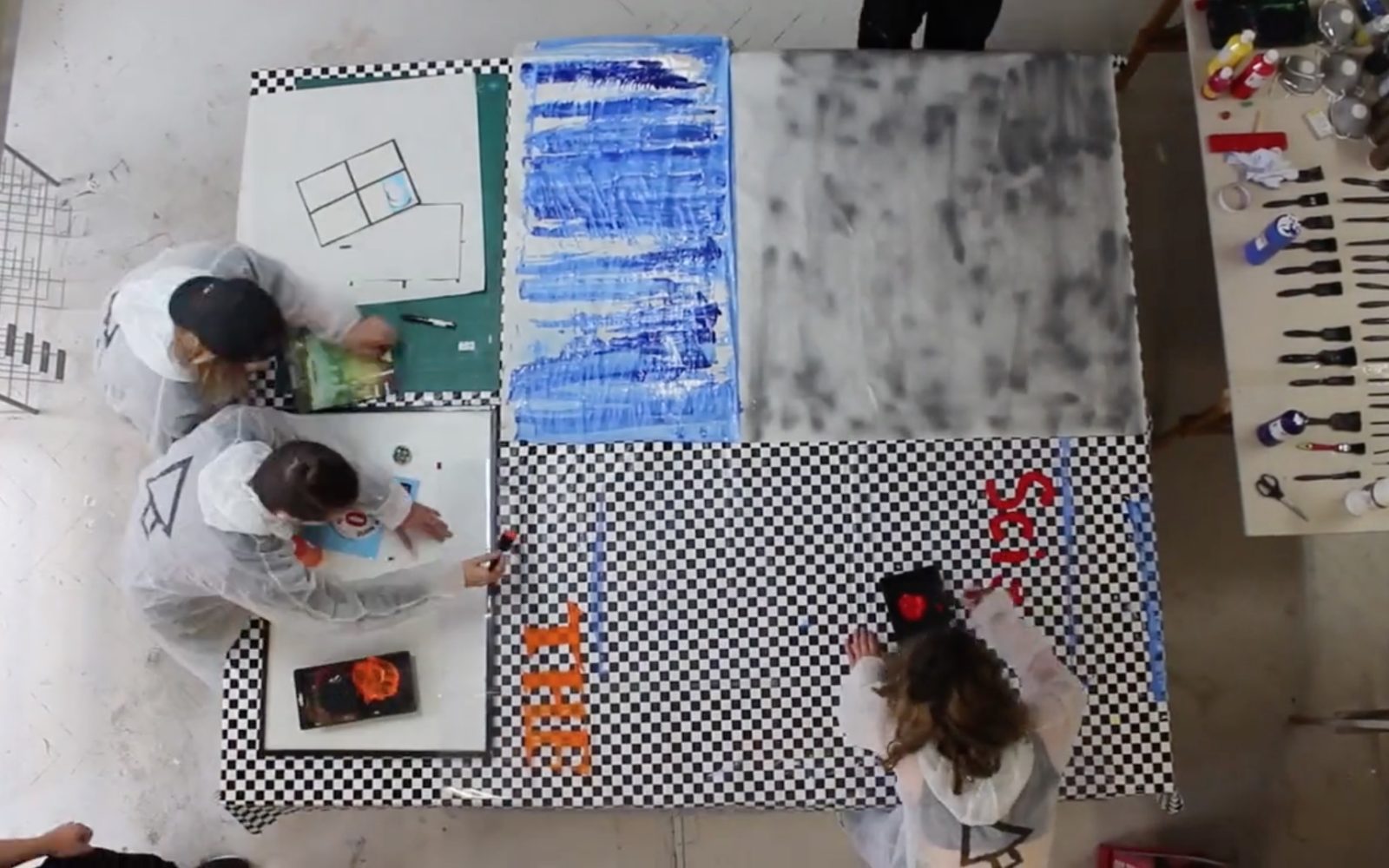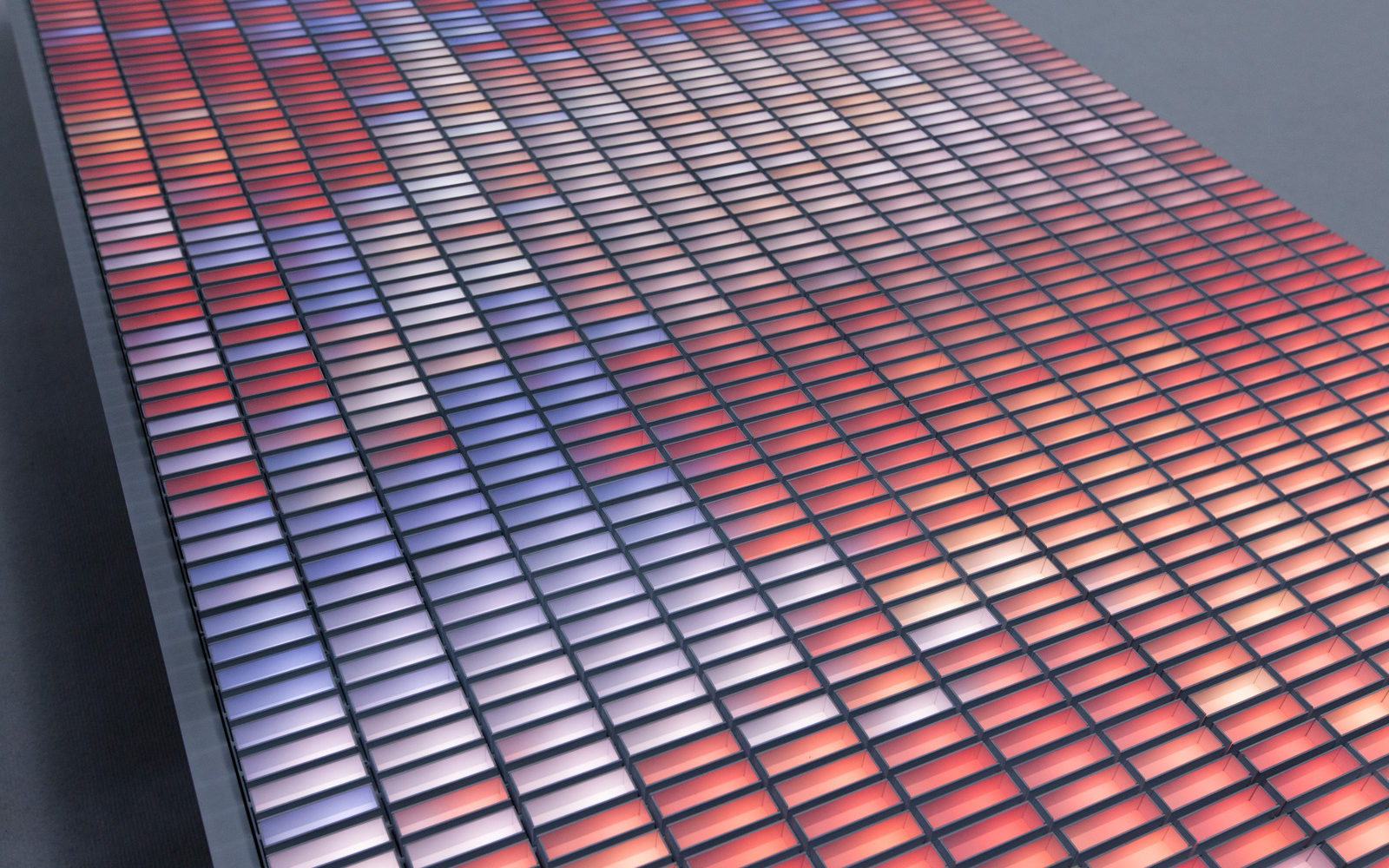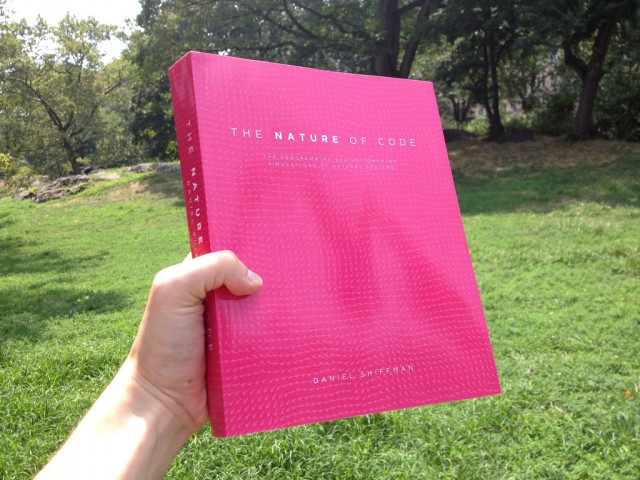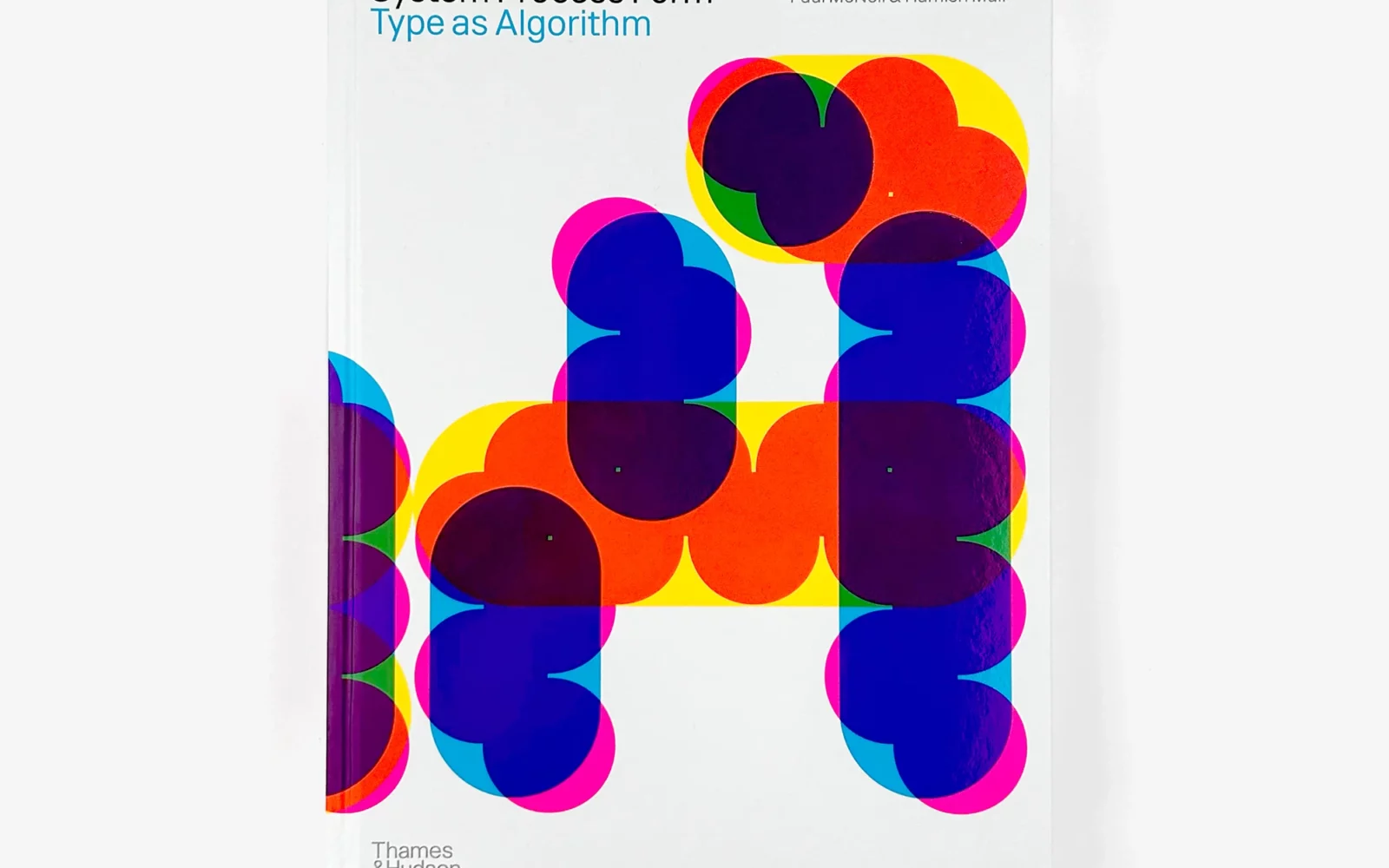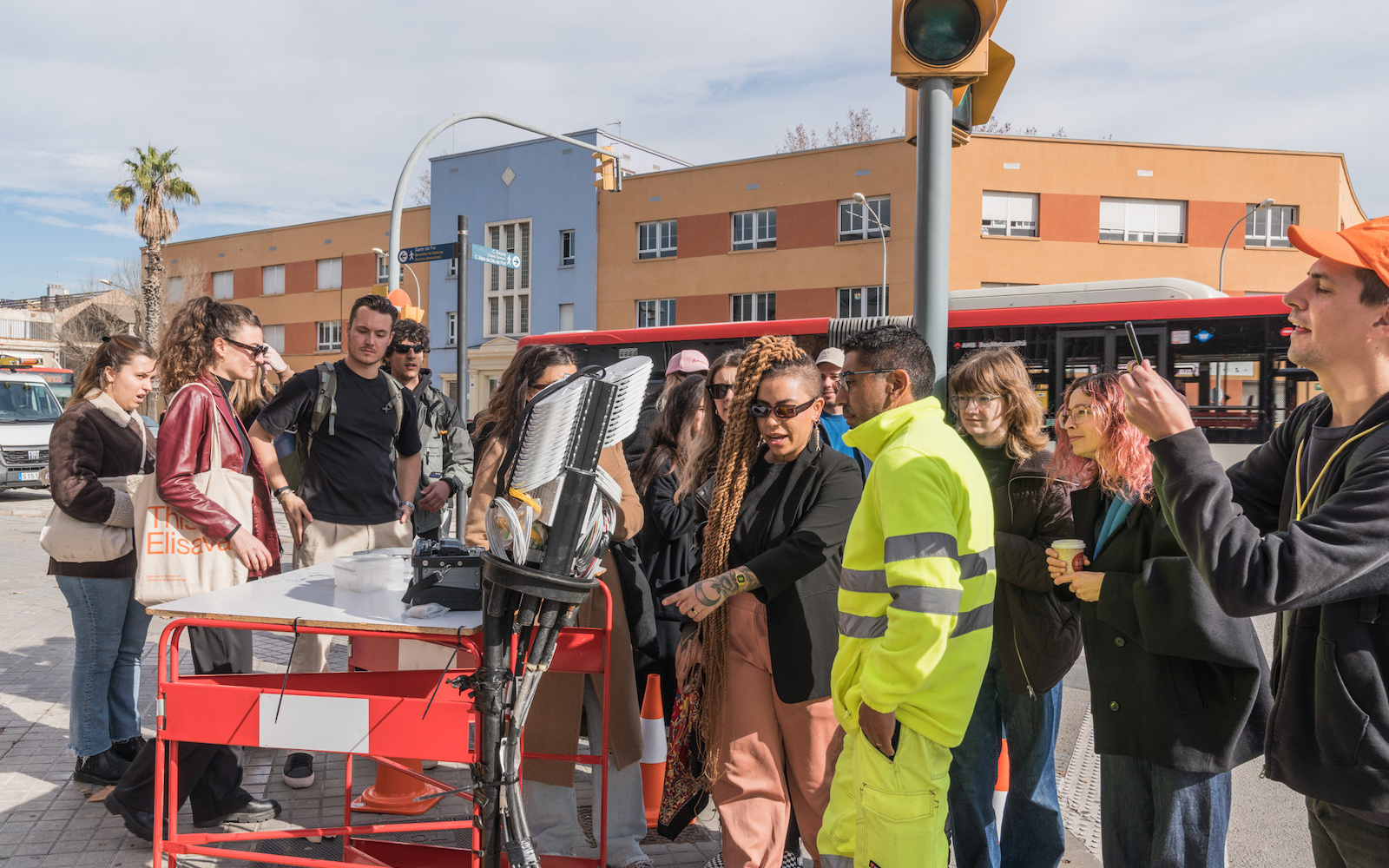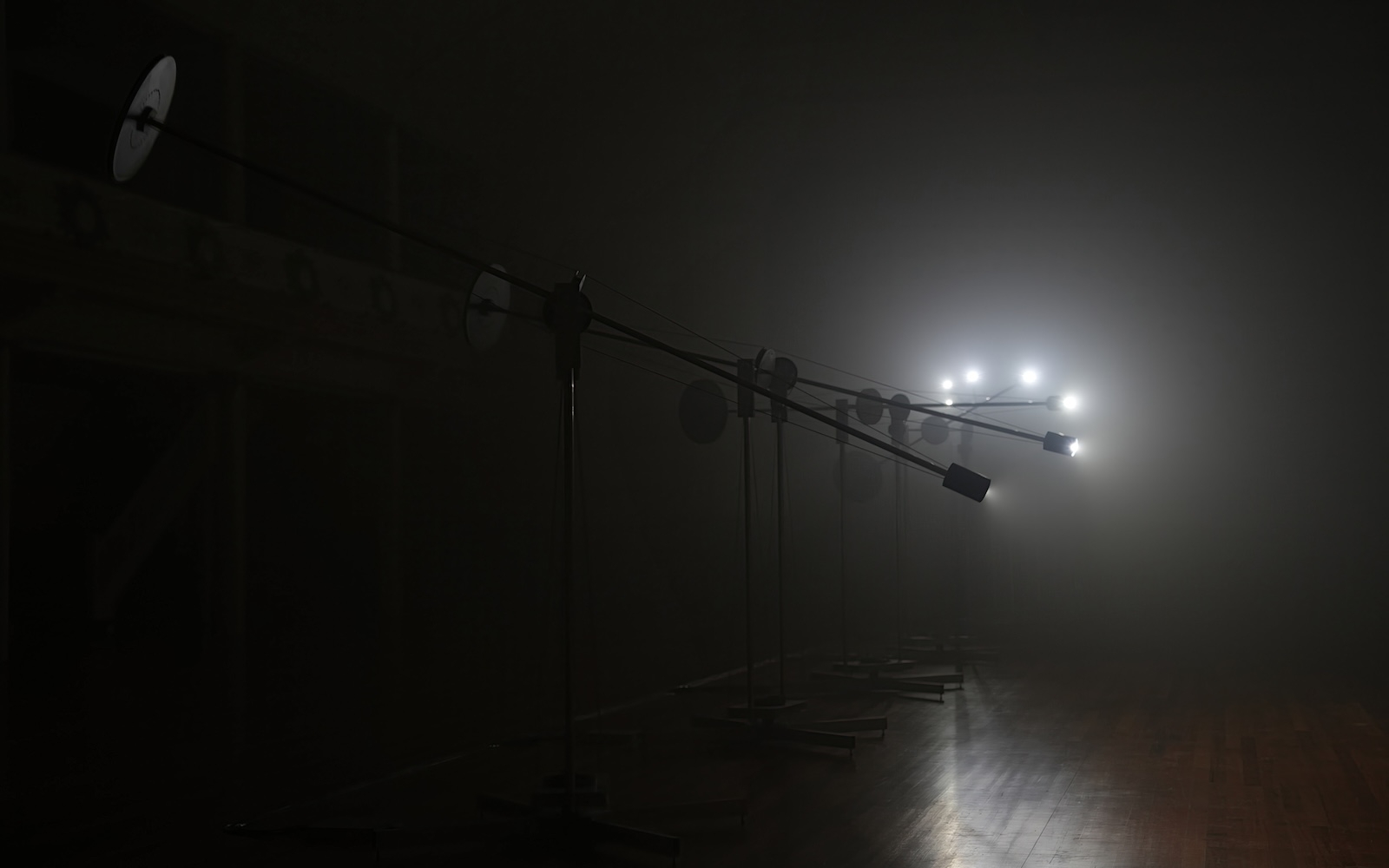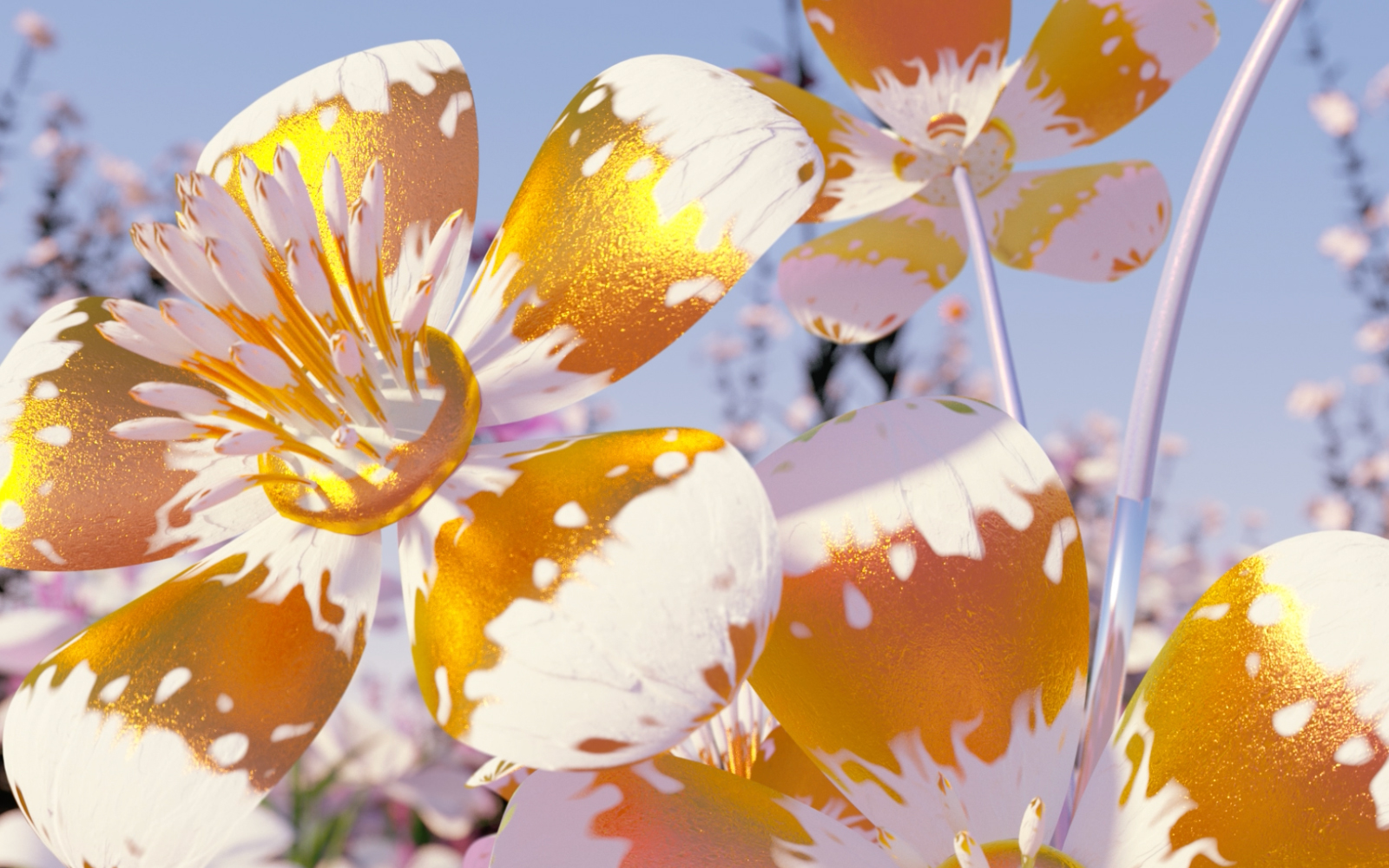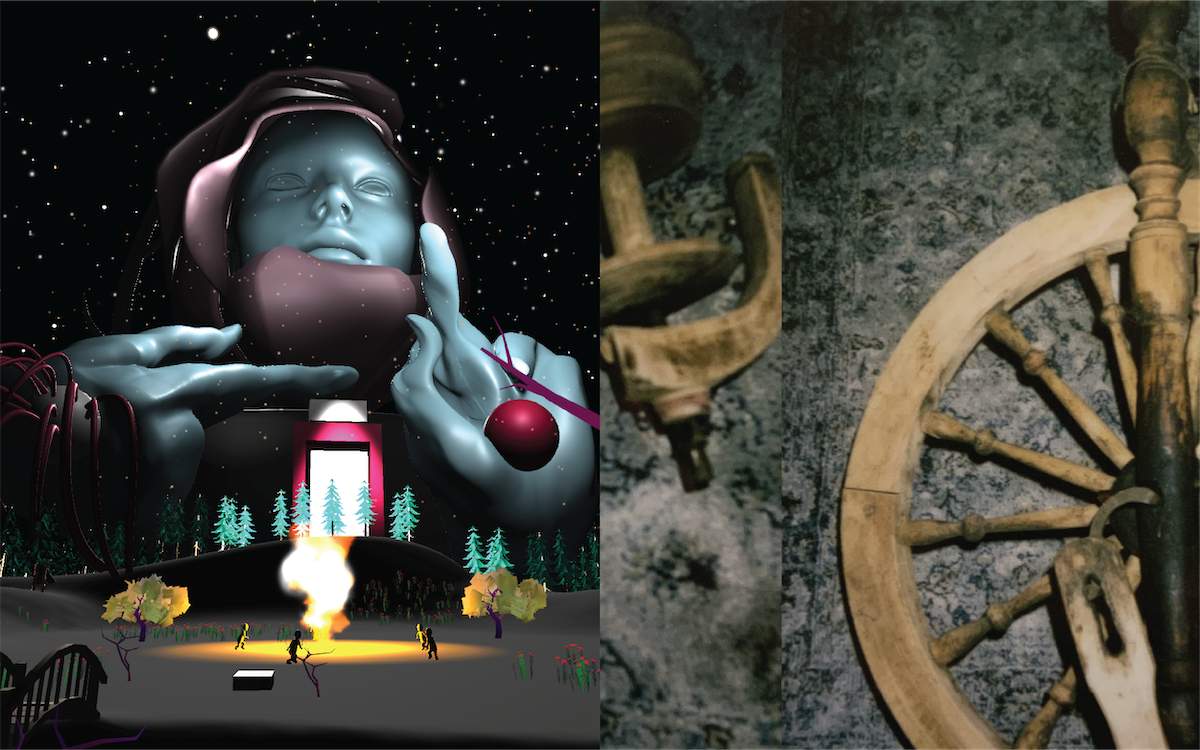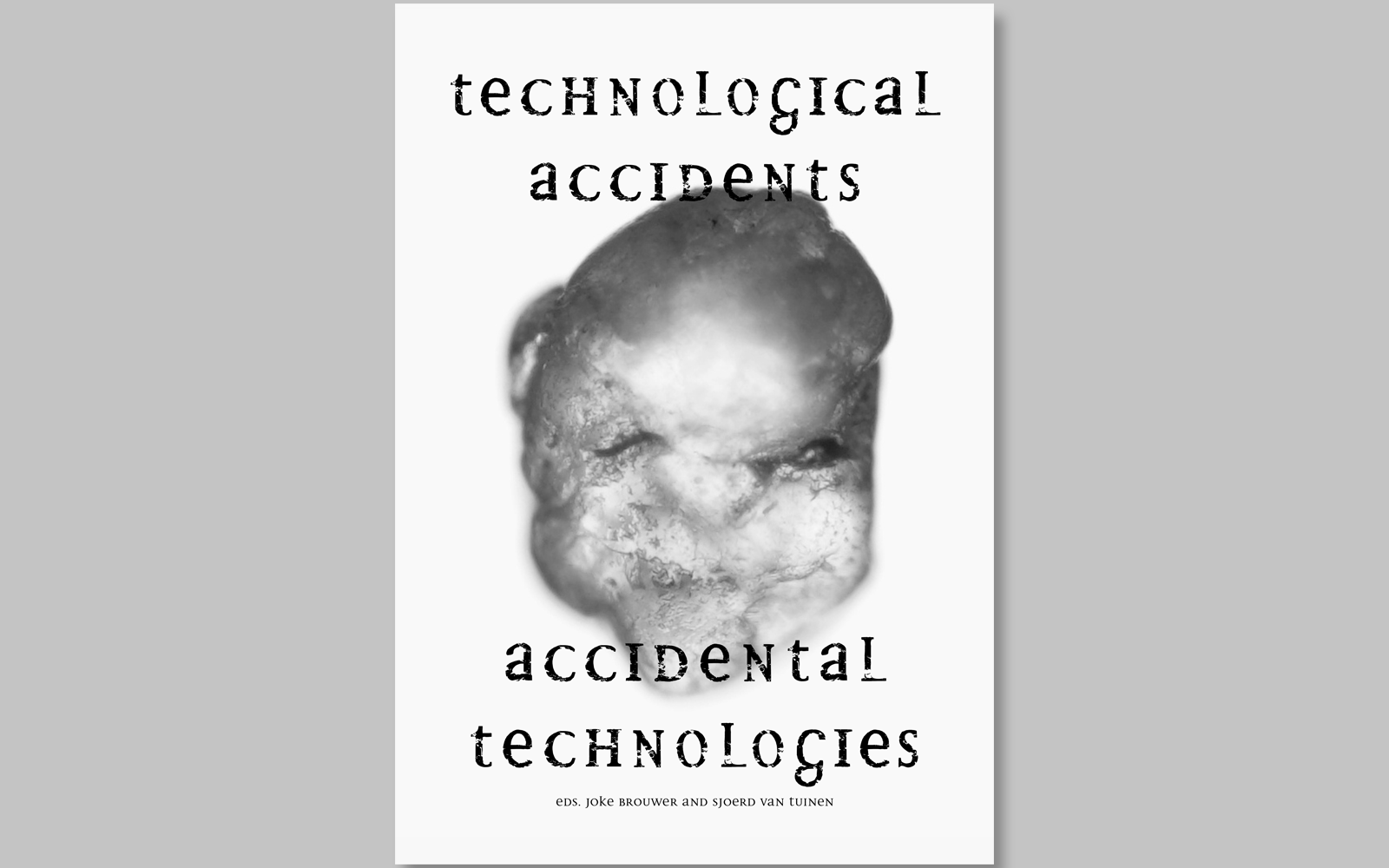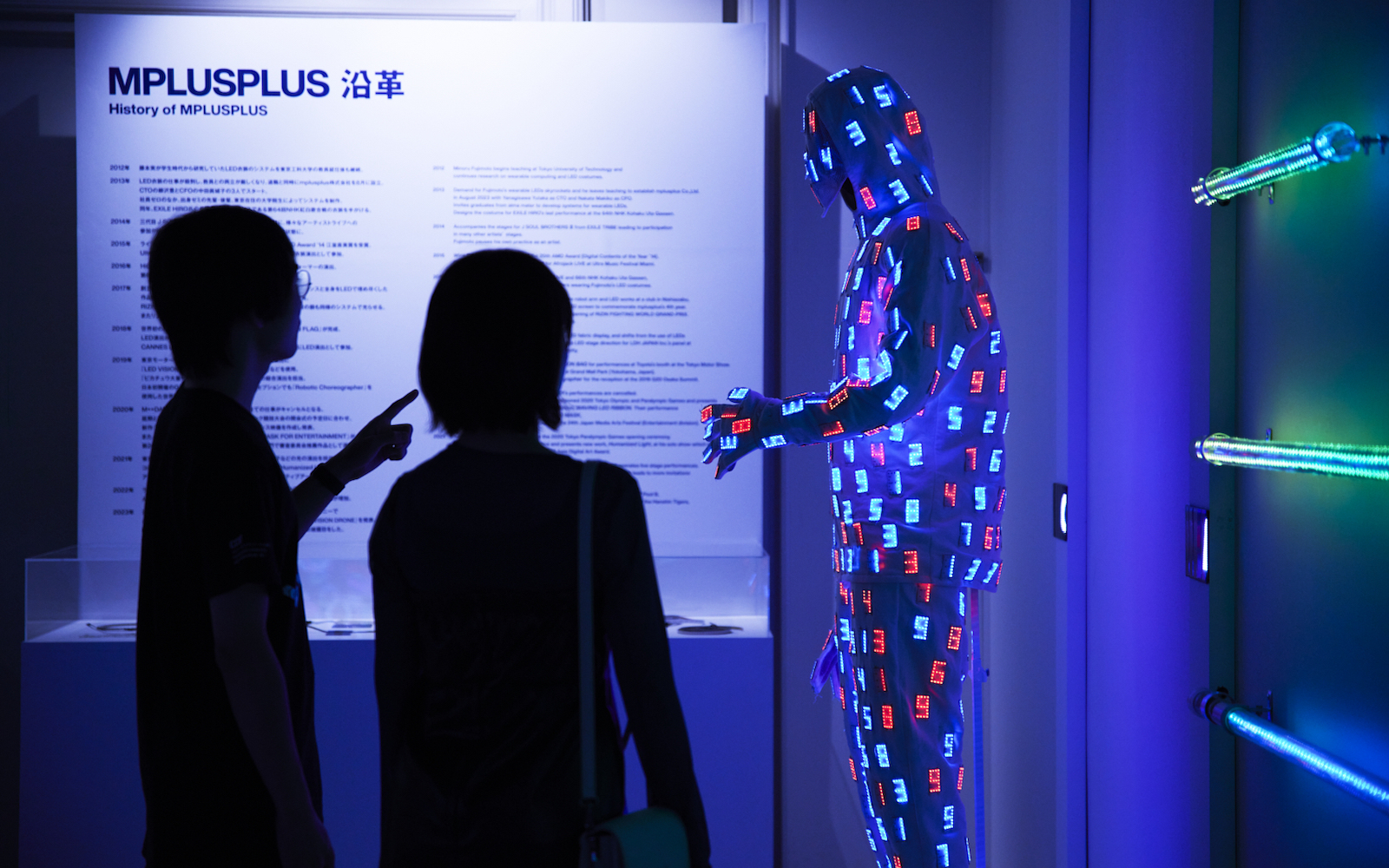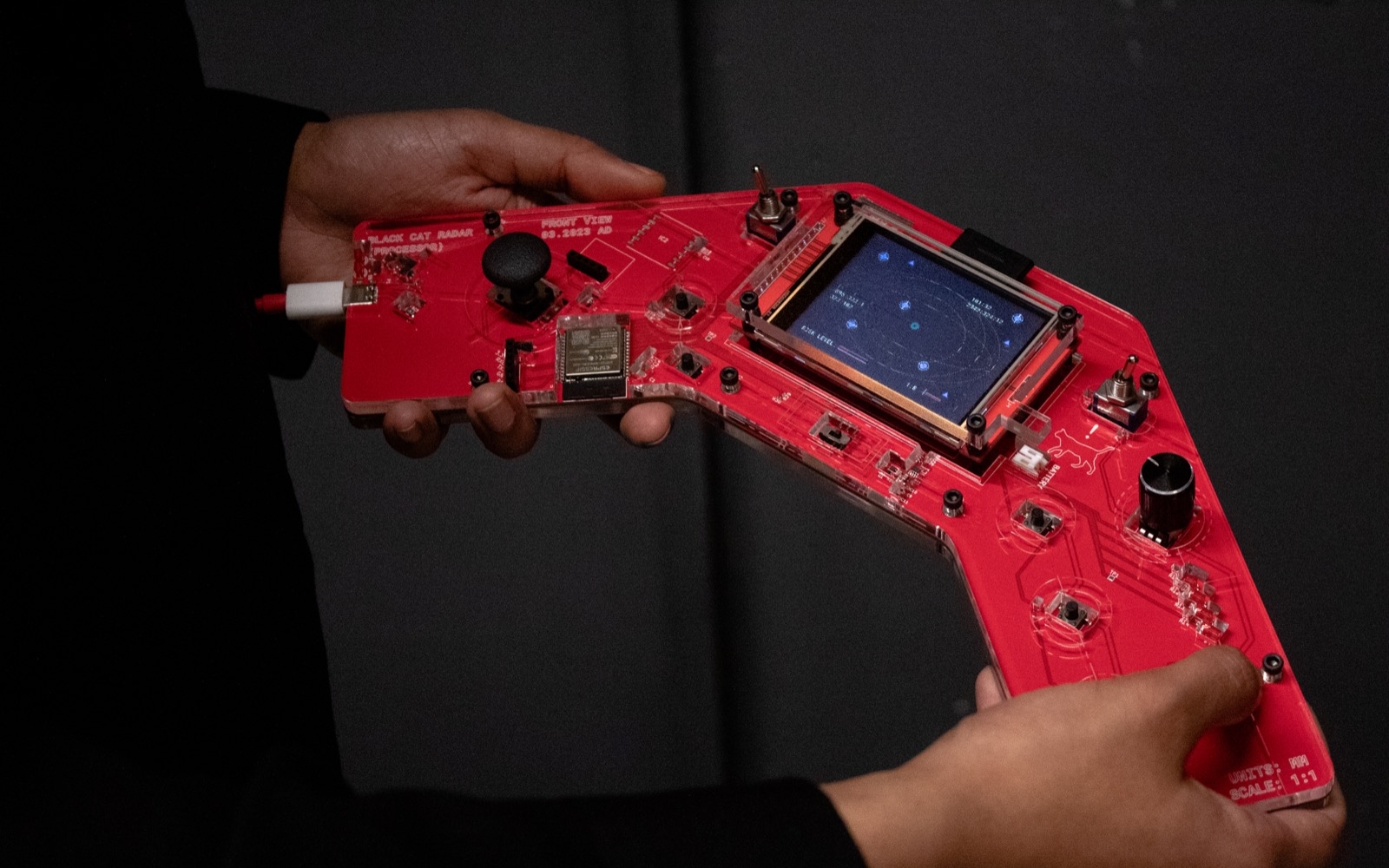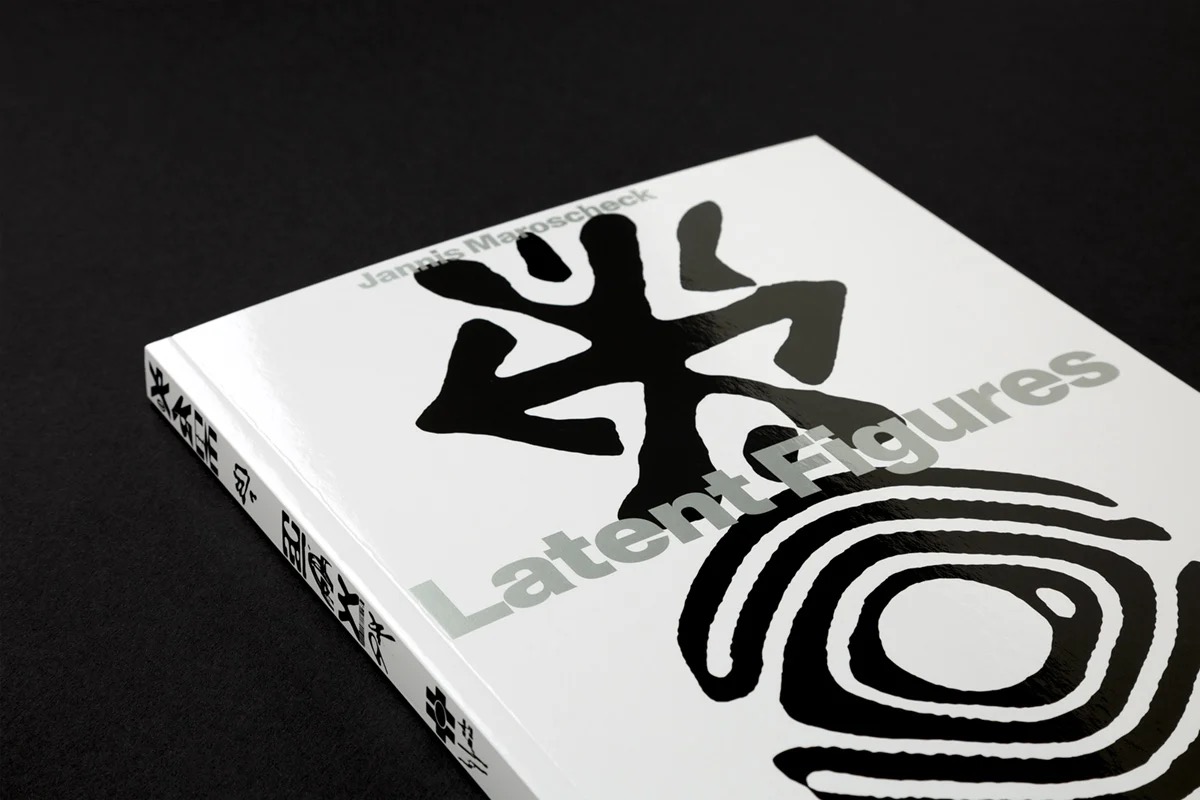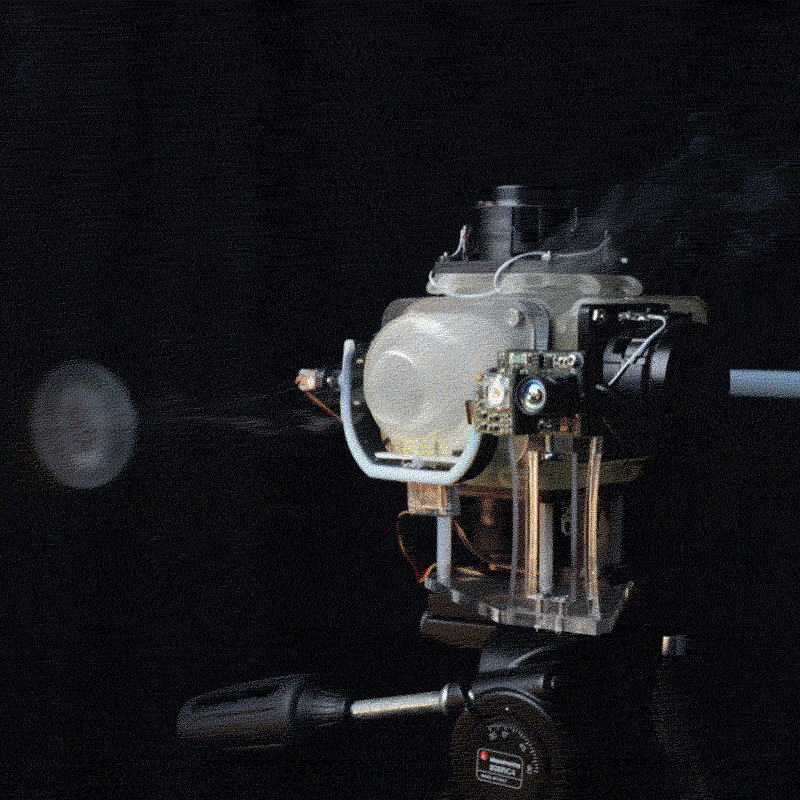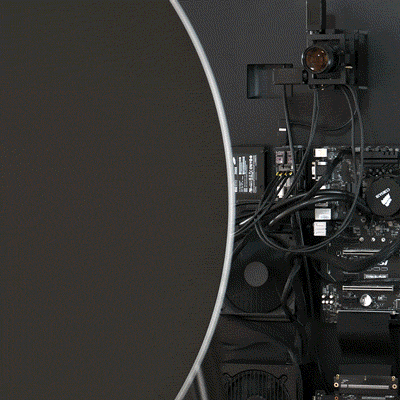/?s=systems
Displaying search results
355 Results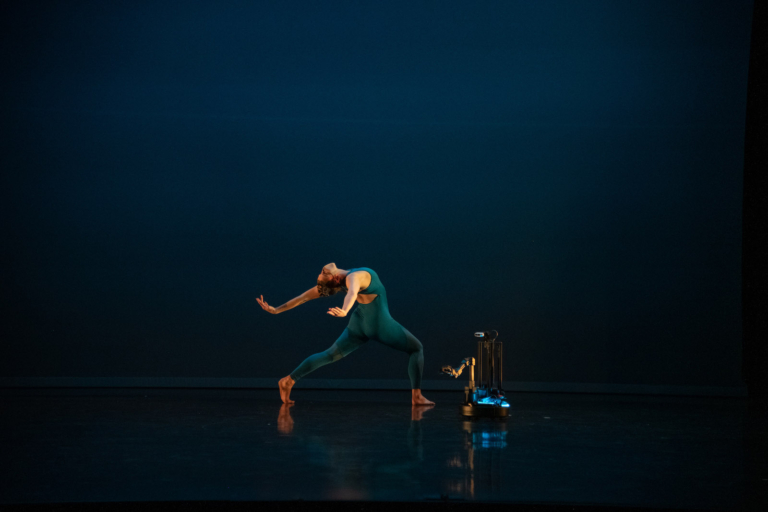
First in a series of investigations of creative human-robot teams led by Dr. Kate Sicchio (choreography) and Dr. Patrick Martin (robotics). It explores gestures of the robot arm as a starting point for a duet. Interacting through mimicry, timings and spatial patterns, this piece examines choreography beyond our own human bodies and how we begin to dance with machines.
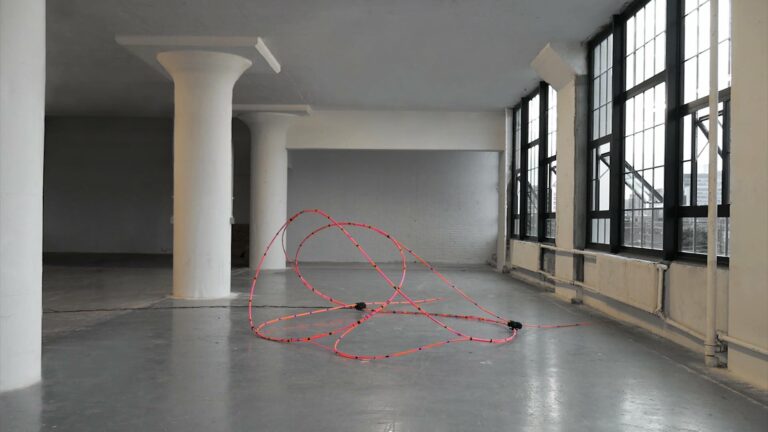
Created by Mathias Maierhofer and Valentina Soana at the ICD, ‘Self-Choreographing Network’ is a project aiming to challenge the prevalent separation between (digital) design and (physical) operation processes of adaptive and interactive architectural systems.
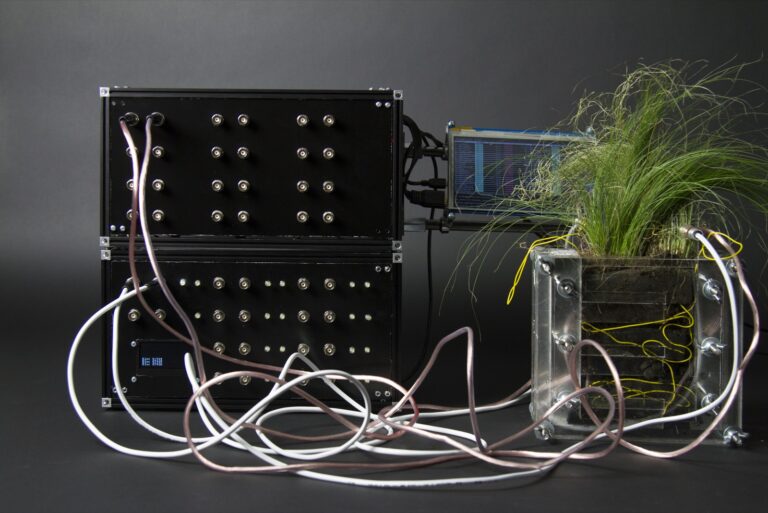
Created by Michael Sedbon, Alt-C is an installation that uses electricity produced by plants to power a single board computer mining a cryptocurrency. The project questions our relationship to ecosystems in regards to networked technologies and abstraction problematics.
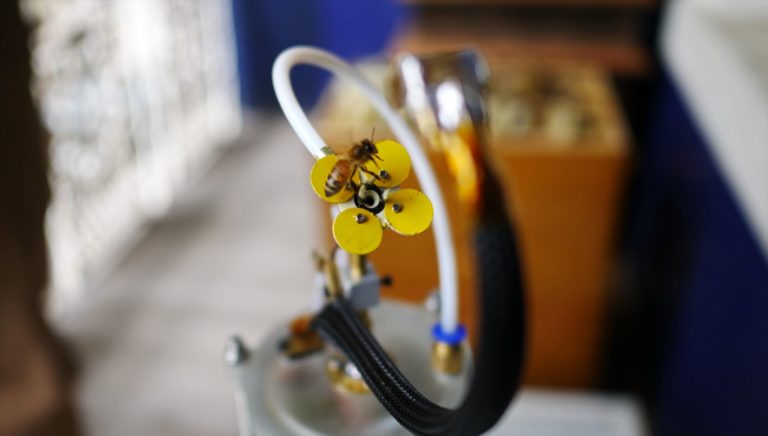
Created by Michael Candy, “Synthetic Pollenizer” is a conceptual intervention in real-world ecological systems using artificial flowers. Inspired by natural pollenizers, these robotic replicas artificially pollinate bees, integrating into the reproductive cycle of local flora; an initiative into a cybernetic ecology.
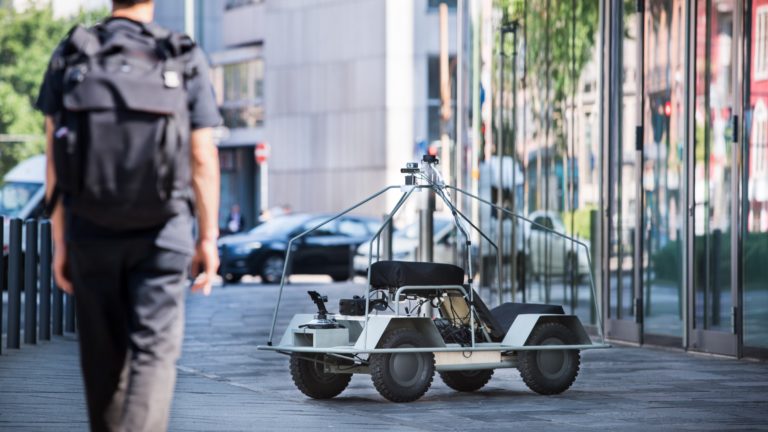
Created by Joey Lee (US), Benedikt Groß (DE), and Raphael Reimann (DE) from the moovel Lab, in collaboration with MESO Digital Interiors (DE), Who Wants to be a Self-Driving Car? is a data driven trust exercise that uses augmented reality to help people empathise with self-driving vehicle systems. The team built an unconventional driving machine that lets people use real-time, three-dimensional mapping and object recognition displayed in a virtual reality headset to navigate through space.
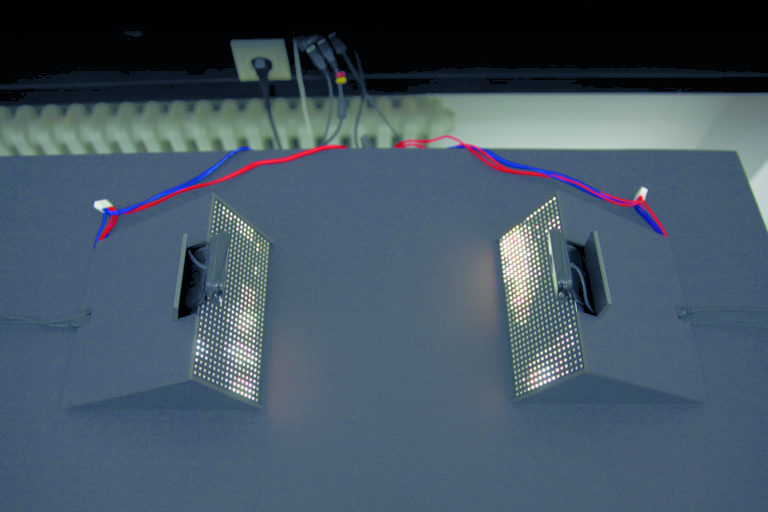
Created at the Köln International School of Design and supervised by Prof. Andreas Muxel, Feedback Machines is a short student project that explores the concept of feedback loops, as an attempt to introduce students to physical computing as well as provide a perspective on the complex topic through experimental explorations.
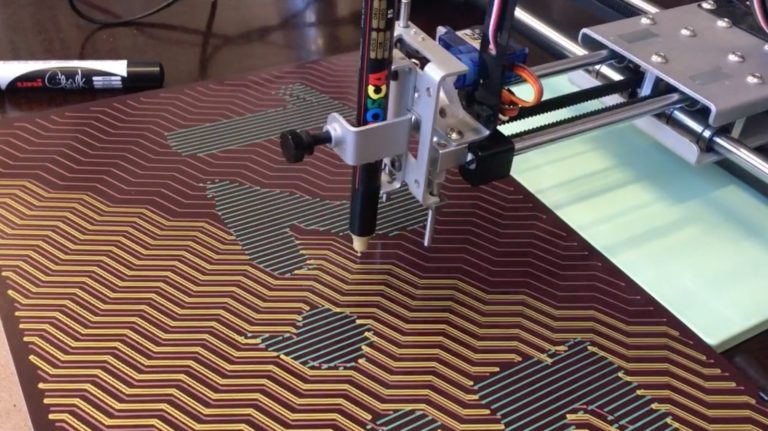
Created by Hansje van Halem, an independent graphic designer based in Amsterdam (NL). the following video and images are the latest in the series of experiments that explore tension between a systematic approach, legibility, and (ir)regularity in typography.
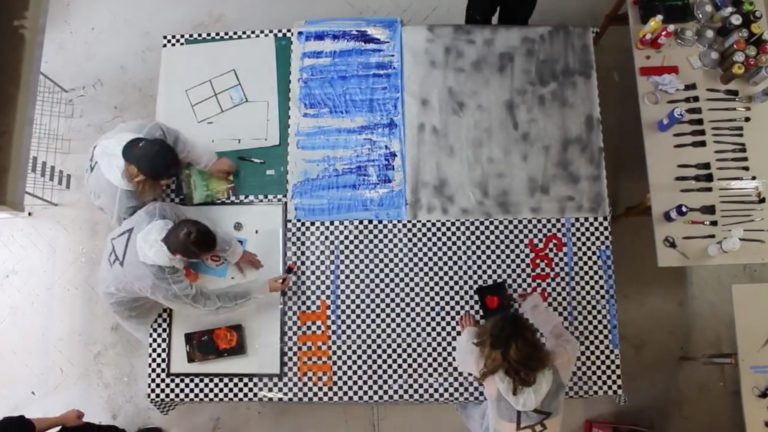
Performed at the Camberwell College of Arts with 6 graduating graphic design students, Analogue Systems is a project that draws inspiration from the overworked arguements of superiority between analogue and digital process.
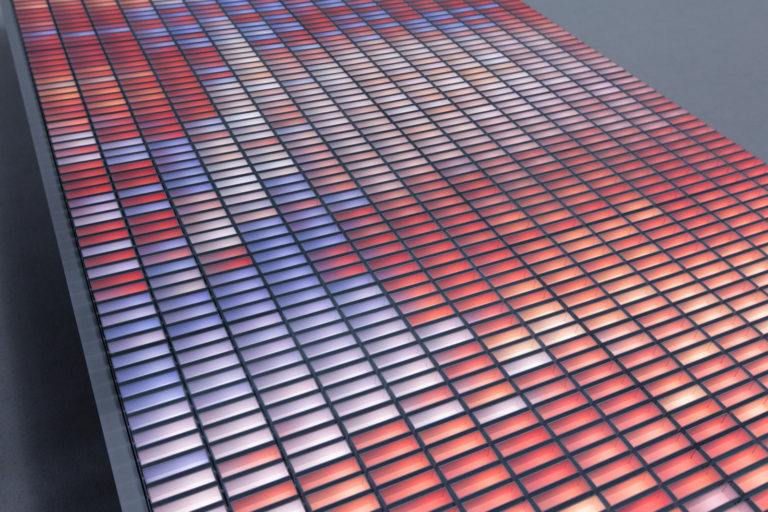
Created by United Visual Artists, Blueprint is an installation designed to explore the relationship and parallels between natural and artificial systems – creating a visual composition that uses mathematical principles of logic that underpin life.
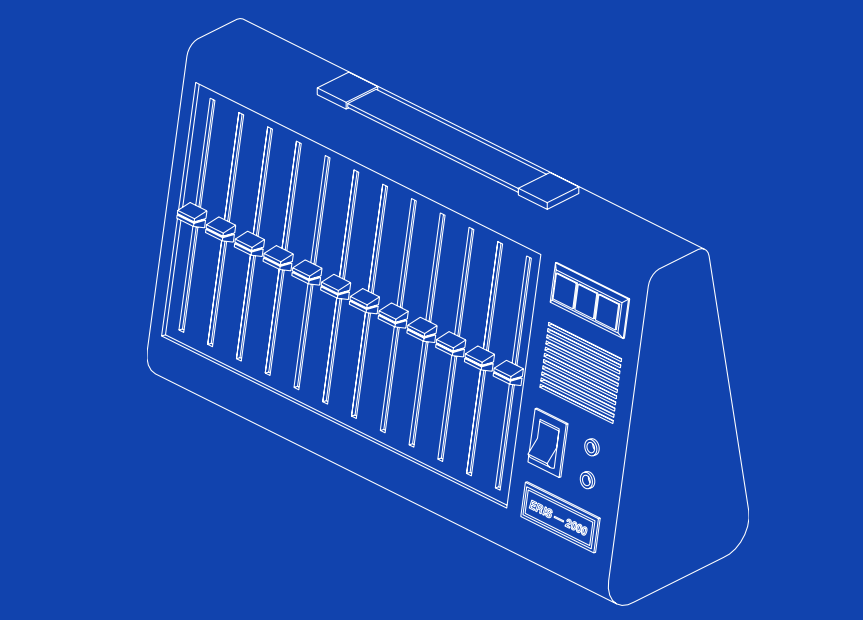
Created by William Fairbrother, Alberto Ruiz Soler and Oliver Smith, ERIS—2000 is a fictional scientific instrument invented by cybernetician Erica Symms in 1971. The device was used to show and study, through a simplified simulation, the consequences of human decisions on complex systems.
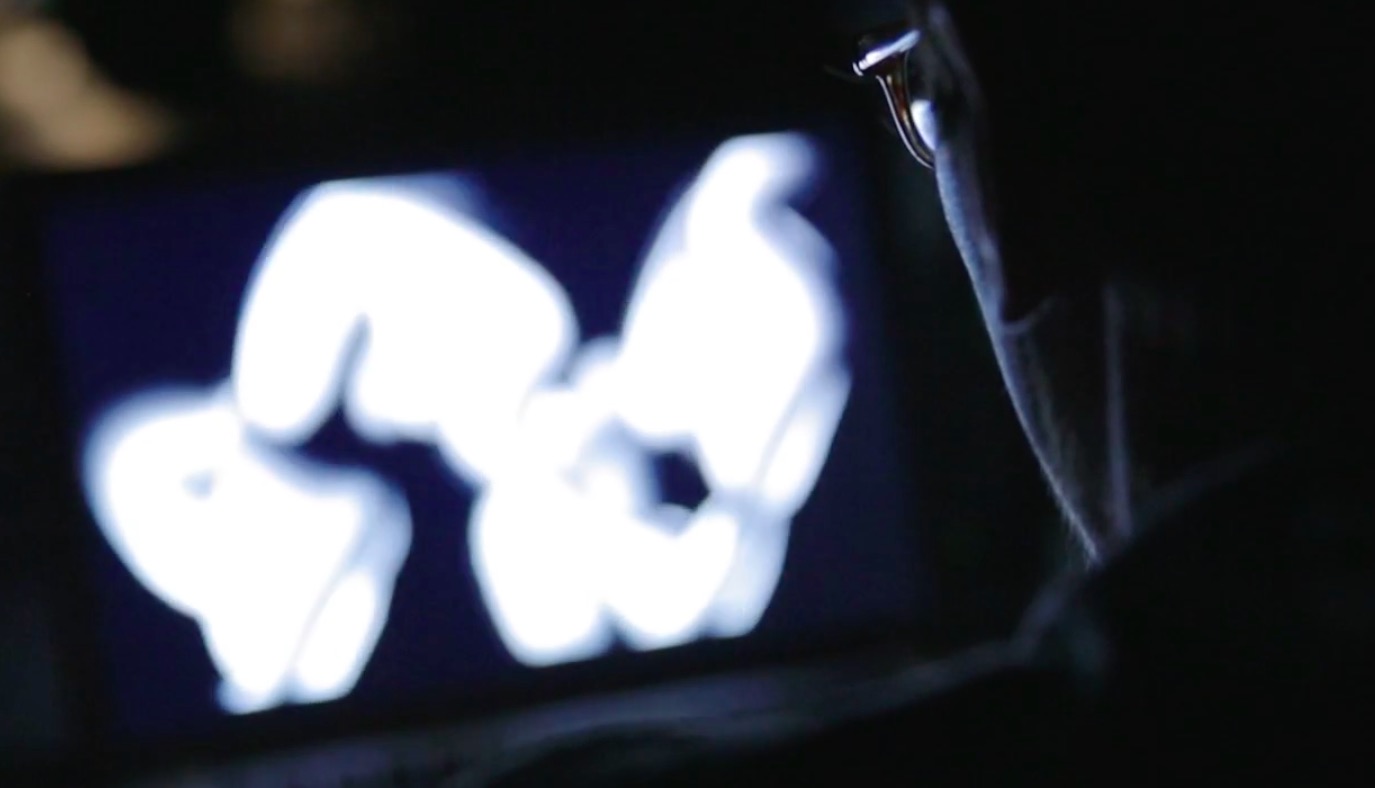
Series of workshops by Ludwig Zeller at the Visual Communication Institute of the Academy of Art and Design in Basel to use generative systems to create visual instruments that mimic the expressivity of electronic music synthesizers.
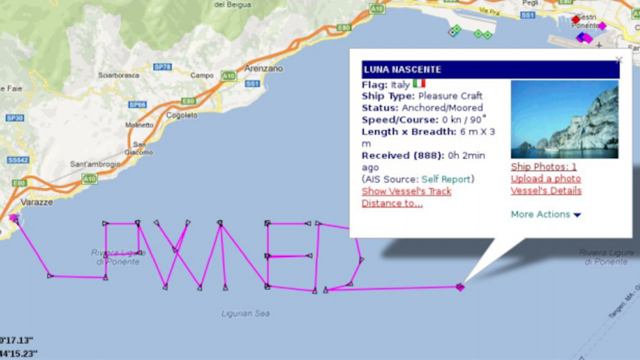
Sorry, this is Members Only content. Please Log-in. Join us today by becoming a Member. • Archive: Access thousands of projects, scores of essays, interviews and reviews.• Publish: Post your projects, events, announcements.• Discuss: Join our Discord for events, open calls and even more projects.• Education: Tutorials (beginners and advanced) with code examples and downloads.•…

Processing enthusiasts rejoice! There is a new book coming by Daniel Shiffman and it’s called Nature of Code. As it’s title implies this book takes phenomena that naturally occur in our physical world and shows you how to simulate them with code.
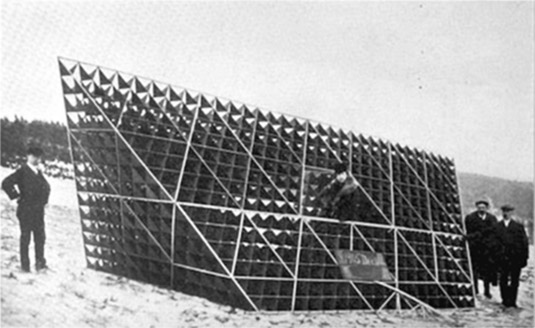
Sorry, this is Members Only content. Please Log-in. Join us today by becoming a Member. • Archive: Access thousands of projects, scores of essays, interviews and reviews.• Publish: Post your projects, events, announcements.• Discuss: Join our Discord for events, open calls and even more projects.• Education: Tutorials (beginners and advanced) with code examples and downloads.•…
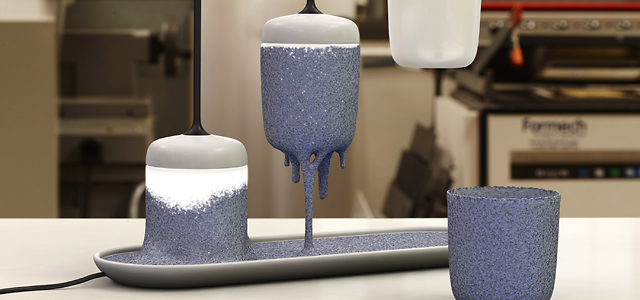
Sorry, this is Members Only content. Please Log-in. Join us today by becoming a Member. • Archive: Access thousands of projects, scores of essays, interviews and reviews.• Publish: Post your projects, events, announcements.• Discuss: Join our Discord for events, open calls and even more projects.• Education: Tutorials (beginners and advanced) with code examples and downloads.•…
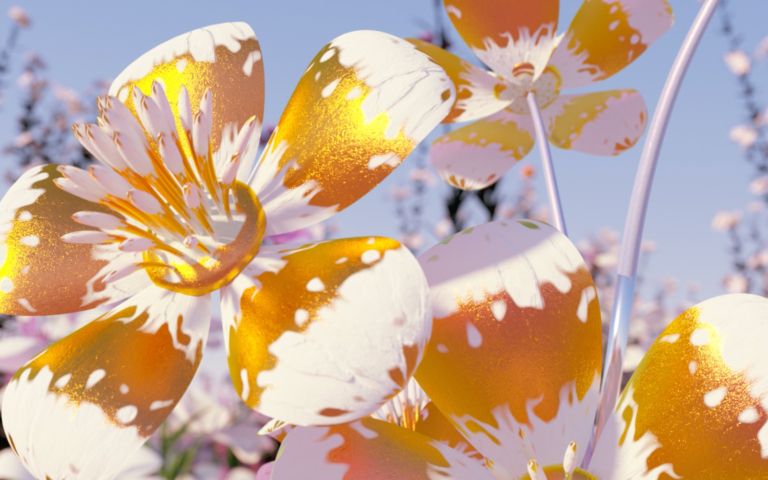
‘Grown’ by Cyrus Clarke, Non-Fungible Plants (NFPs) are living plants with data encoded within their DNA. Sitting at the junction of art, technology and nature, Non-Fungible Plants utilise cutting edge synthetic biology techniques to encode digital data, in this case NFTs, in plants.
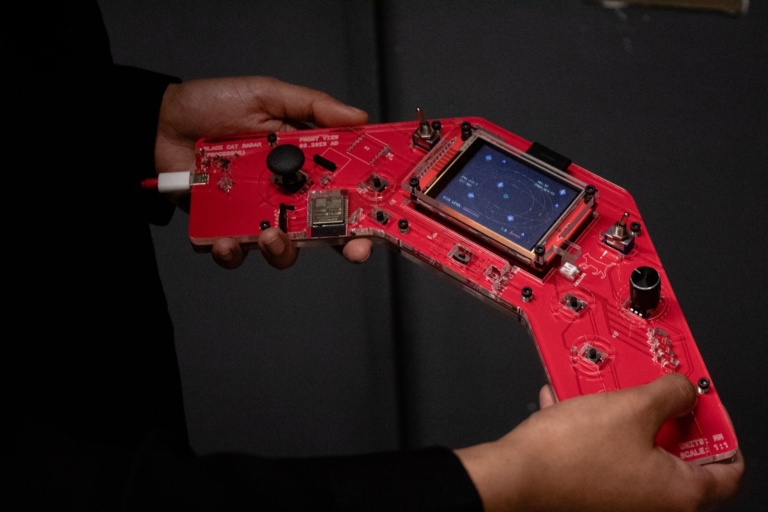
The Portable Black Cat Radar is part of an ongoing series exploring Machines Responding to Superstitions. The device is comprised of a GPS, gyroscope and magnetometer to gauge your position in the world while at the same time generating fictional black cats for you to dodge.

